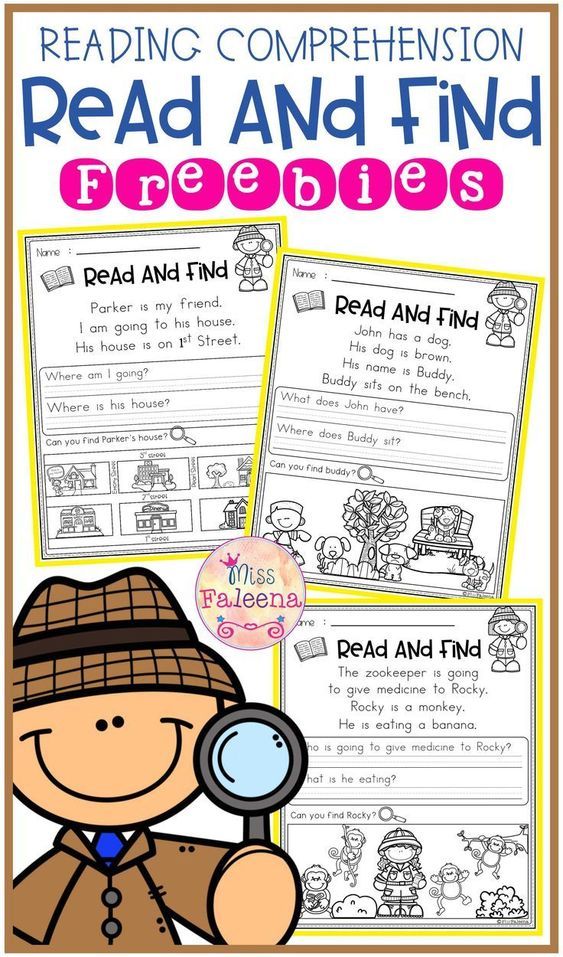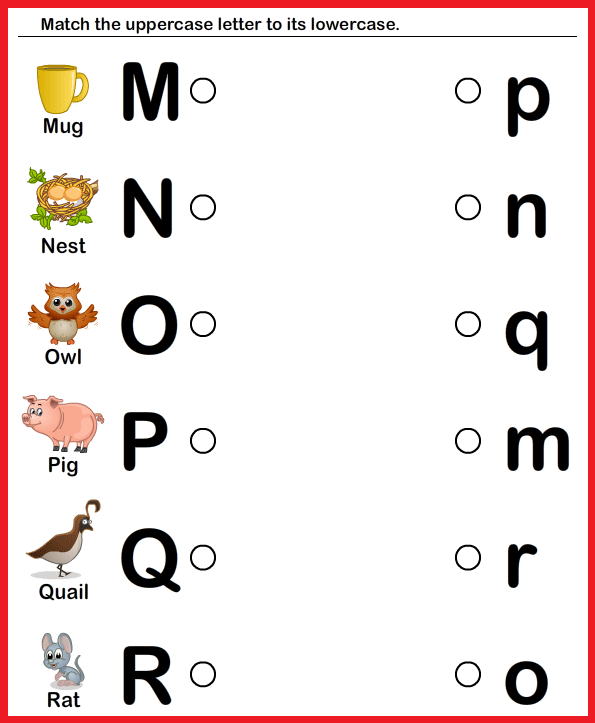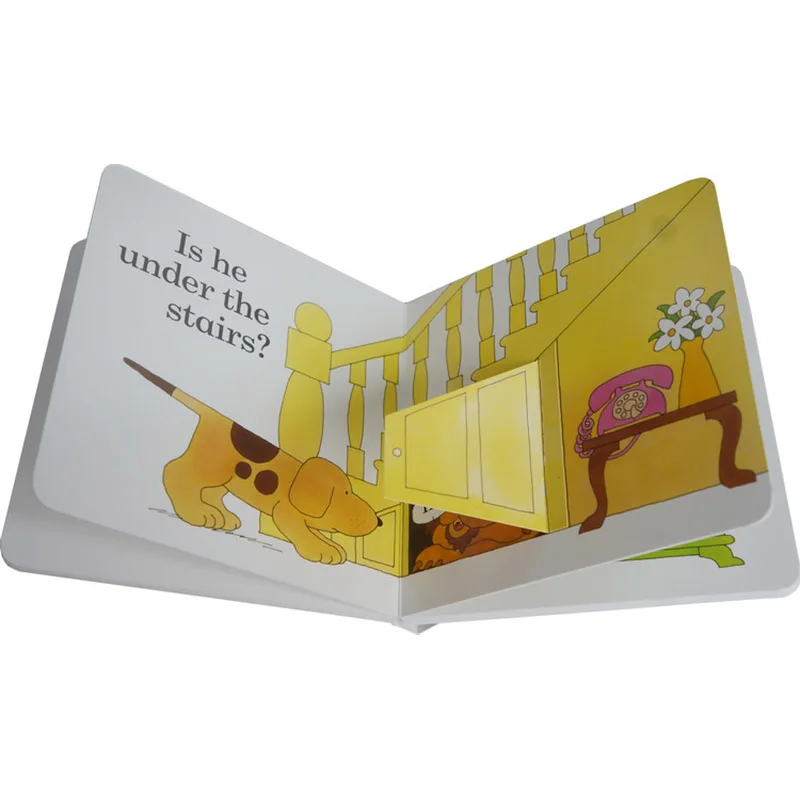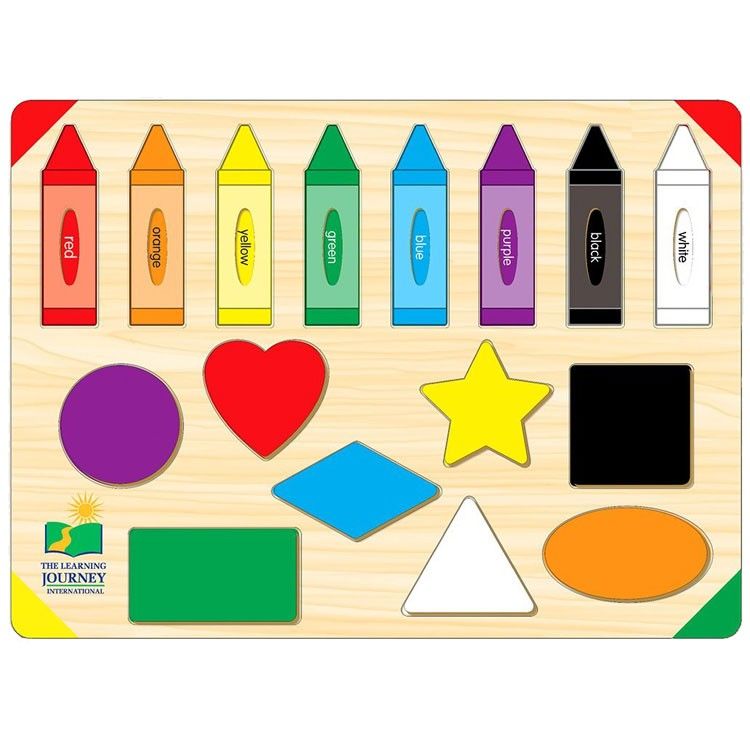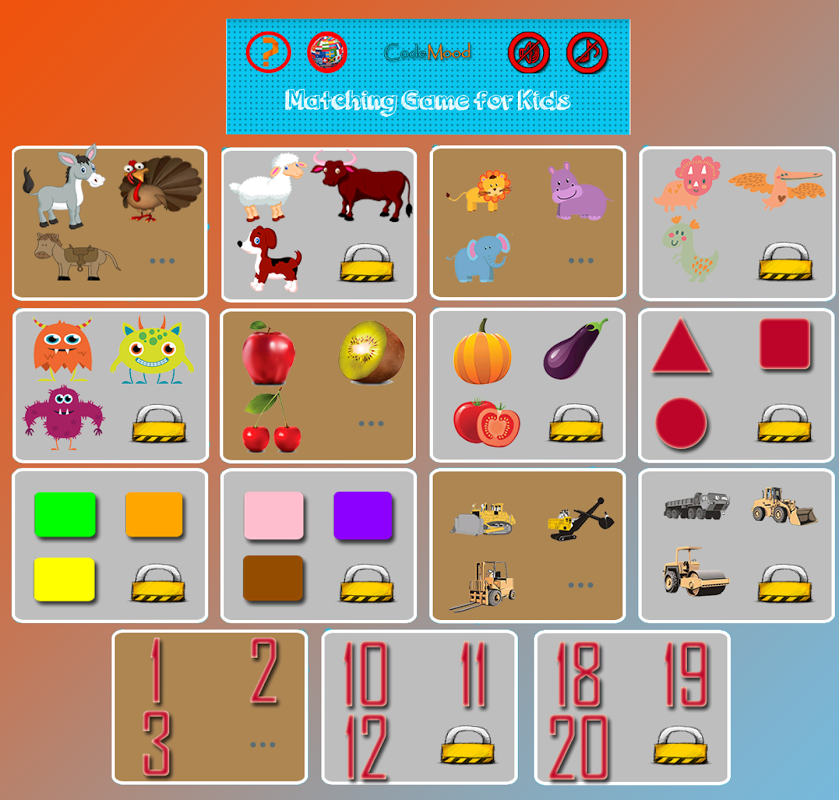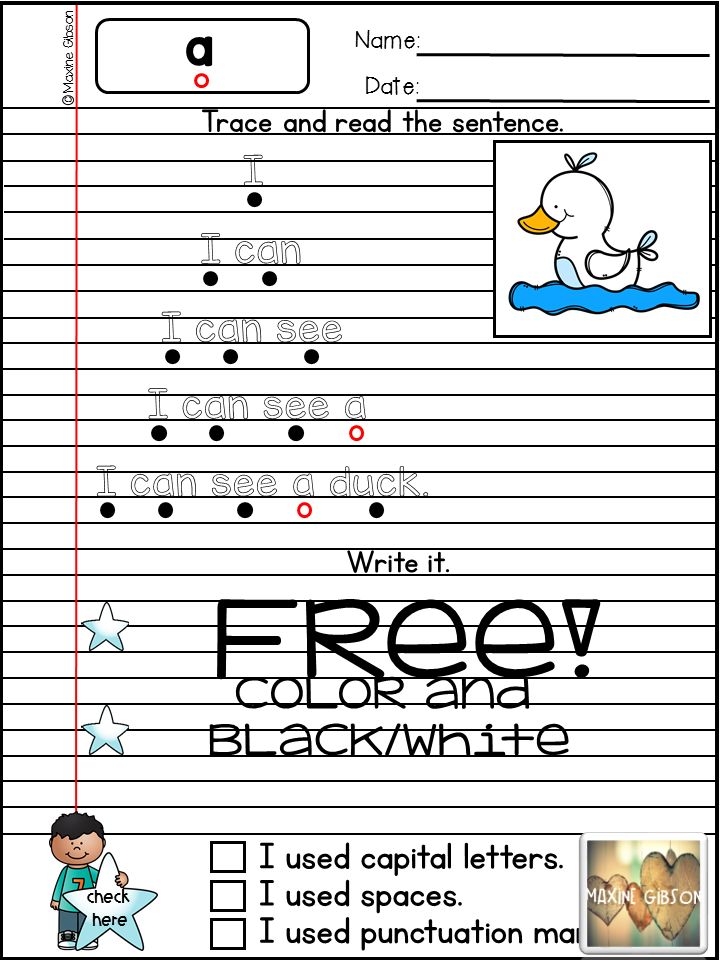Comprehension strategies kindergarten
Comprehension: Activities for Your Kindergartener
Just 15 minutes each day makes a big difference! Reading aloud is a great way to help your kindergartener absorb new words and see how stories are structured. It's also one of the best ways to help children learn about the world and make connections between their own lives and what's in the book — that helps children see the world with empathy. And last but not least, it's a wonderful time to snuggle up with your child and share the experience of reading and discovery together.
Remember that reading together should spark curiosity, joy, and a desire to explore and learn. Conversations about books should be enjoyable, and not a set of quizzes and questions. As you try some of the activities listed below, remember to keep it light and lively for your child.
There are so many great nonfiction and informational books for very young kids (such as the popular DK Eyewitness series and National Geographic series). Try to include some of these during your next trip to the public library. Children love learning about the real world and are proud to share what they know!
Even a walk around the neighborhood or a trip to the grocery store can be a rich learning experience for young children. A child may see an urban bunny for the first time on a walk, and then be able to connect it to stories about rabbits. These personal connections help children connect what they read with what they know — a powerful way to build comprehension skills!
Signs of good reading comprehension in kindergartners
Try these comprehension activities at home
"I predict ..."
When you sit down for a read aloud, look at the book's cover together. Ask, "What do you think this book might be about? Why? Can you make some predictions?" Guide your child through the pages, discuss the pictures, and brainstorm what might happen in the story.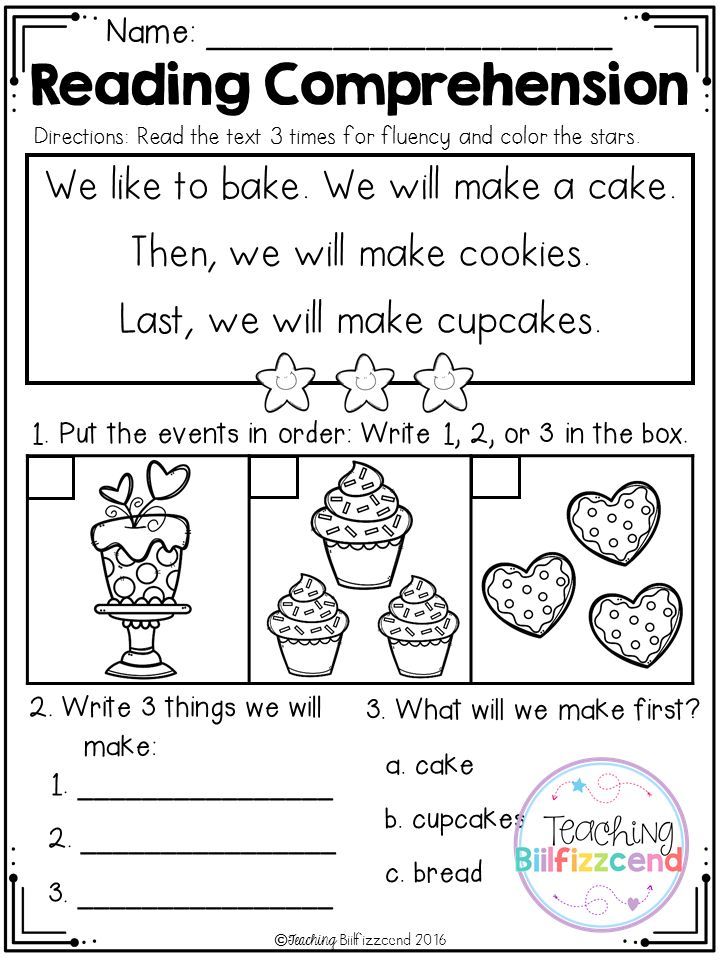 Talk about any personal experiences your child may have that relate to the story.
Talk about any personal experiences your child may have that relate to the story.
Five-finger retell
After reading a story together, have your child tell you five things about the story, using her fingers to talk about each one:
- Characters: who was in the story?
- Setting: where did the story take place?
- Events: what happened in the story?
- End: how did the story end?
- Favorite character or part of the story
Active reading
Model active reading when you read with your child. Talk about what's happening as you're reading. Stop and discuss any interesting or tricky vocabulary words. Help your child make pictures of the story in his mind. Ask your child, "What just happened here? How do you think that character feels? Have you ever felt like that? What do you think will happen next?" Not only will this develop your child’s comprehension, but critical thinking skills as well.
Mind movies
When you come to a descriptive passage in a book, have your child close her eyes and create a mental movie of the scene. Encourage her to use all five senses. Read the passage over together, looking for details that bring the scene to life. Ask questions like, “How do you know it was a hot day? Which words help you understand that the child was lonely?”
Encourage her to use all five senses. Read the passage over together, looking for details that bring the scene to life. Ask questions like, “How do you know it was a hot day? Which words help you understand that the child was lonely?”
Tell me about it
After a read aloud, one of the best and easiest ways to check for understanding is to ask your child to summarize what the book was about in their own words. You can ask a question or two to help your child clarify her thinking or to add more detail.
Can your child tell you what happened in the story?
This video is from Home Reading Helper, a resource for parents to elevate children’s reading at home provided by Read Charlotte. Find more video, parent activities, printables, and other resources at Home Reading Helper.
Think alouds
Connect the book to your child's own life experience.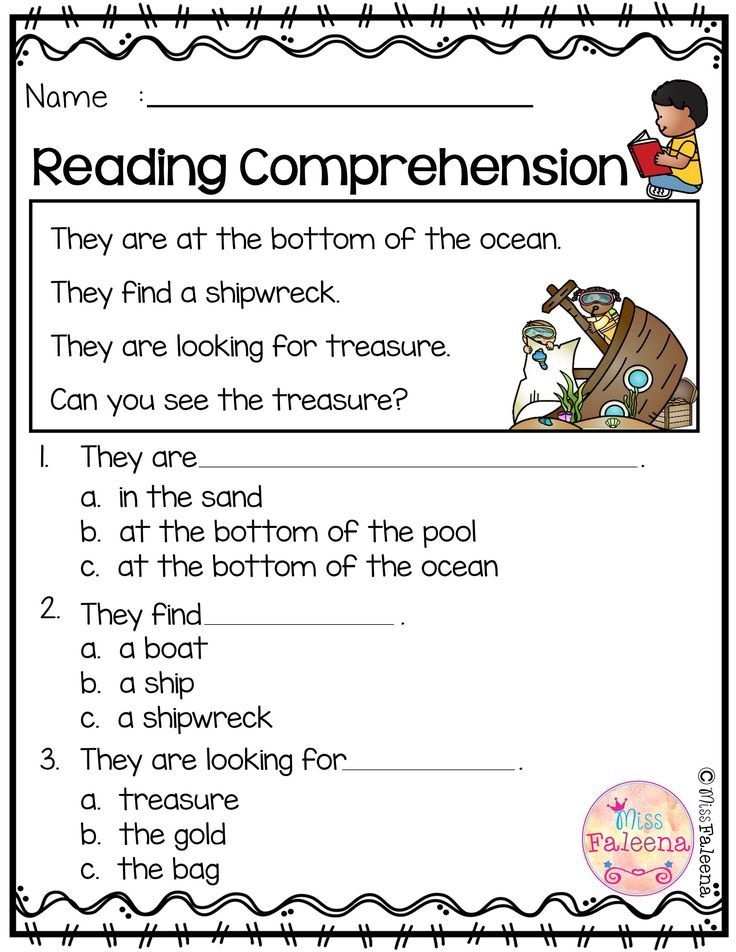 For example, A River Dream: "This book reminds me of the time my father took me fishing. Do you remember the time we went fishing?"
For example, A River Dream: "This book reminds me of the time my father took me fishing. Do you remember the time we went fishing?"
Connect the book to other books they have read. For example, Mufaro's Beautiful Daughters: "This story reminds me of Cinderella. Both stories are about sisters. Do you know any other stories about nice and mean sisters? Let's keep reading to find out other ways the stories are similar."
Connect the book to big ideas/lessons. For example, Stellaluna: "This story helps me understand that we are all the same in many ways, but it's our differences that make us special."
Wordless
Wordless picture books provide your child with practice using clues to create meaning. There are no wrong stories with wordless picture books, only variations based on what the "reader" sees and puts together. Rosie's Walk, Good Dog, Carl, and Beaver Is Lost are all interesting and fun wordless picture books to explore.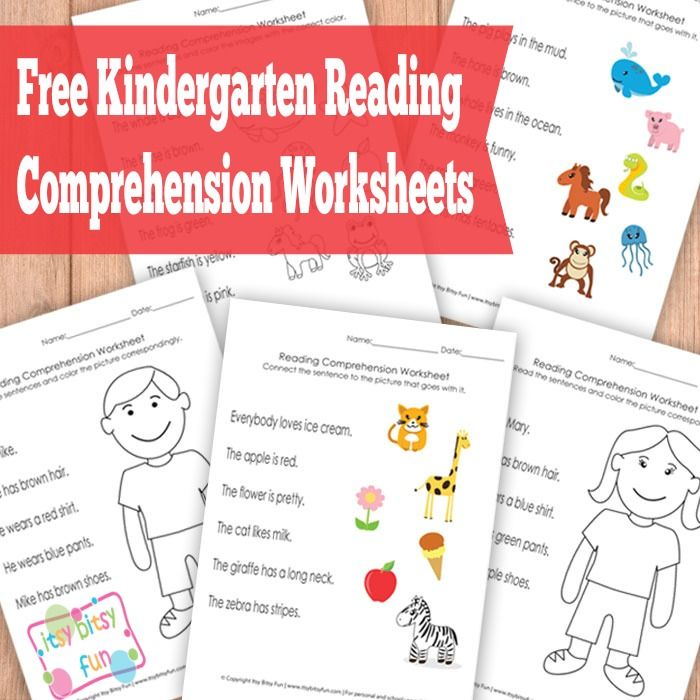 Find more wordless books on BookFinder.
Find more wordless books on BookFinder.
Family stories
This is a wonderful activity for a family picnic or for a rainy day when you're snuggled together on the couch. Share a favorite story about your childhood or a family story that's been passed down from generation to generation. Use vivid language and details about people, places, and things. Funny or scary will really get your child's attention! Your child will probably have lots of questions, which keeps the storytelling alive. You could also ask your child if she has a favorite family story of her own.
How sharing your stories helps kids with reading
Beginning readers love to hear stories about a parent's childhood! A parent's stories help children learn new vocabulary, story structure, and comprehension. (From GreatSchools)
Map this book!
Draw a map of the book's setting, and be sure to include the places where the main action happens!
Beginning-middle-end
This is a great way to see if your child understands the main parts of a story.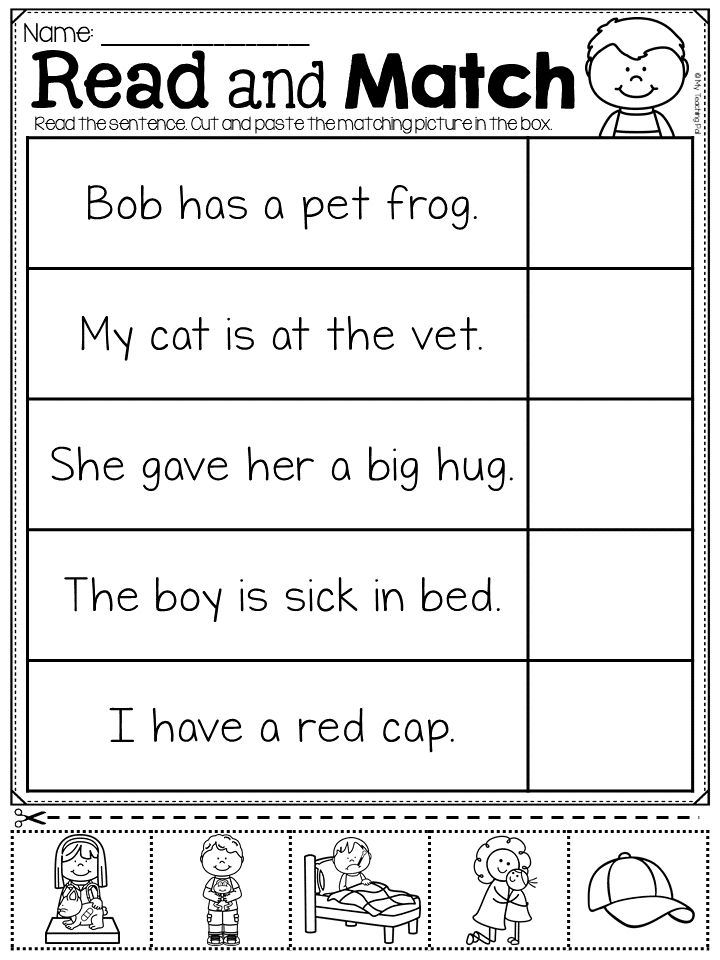 After reading a book together, give your child three sheets of paper, with "beginning" on one sheet, "middle" on the second sheet, and "end" on the third sheet. Ask your child to think about the three parts of the story, and then draw what happened on each on the sheets. Arrange the sheets in order, left to right. What happens if you re-arrange the sheets? Does the story still make sense?
After reading a book together, give your child three sheets of paper, with "beginning" on one sheet, "middle" on the second sheet, and "end" on the third sheet. Ask your child to think about the three parts of the story, and then draw what happened on each on the sheets. Arrange the sheets in order, left to right. What happens if you re-arrange the sheets? Does the story still make sense?
Words, words, words
Be sure to include books with rich vocabulary in your read alouds and call attention to interesting words and phrases from the story. This may include repeated phrases or idioms (such as "get cold feet" or "I'm all ears"). Offer a kid-friendly definition and connect the new word or phrase to something your child already knows.Talk about how the author used language or words to make the text interesting, informative, funny, or sad.
Picture walk
Talk about the book before you read it. Show the cover illustration and ask your child to predict what the book is about.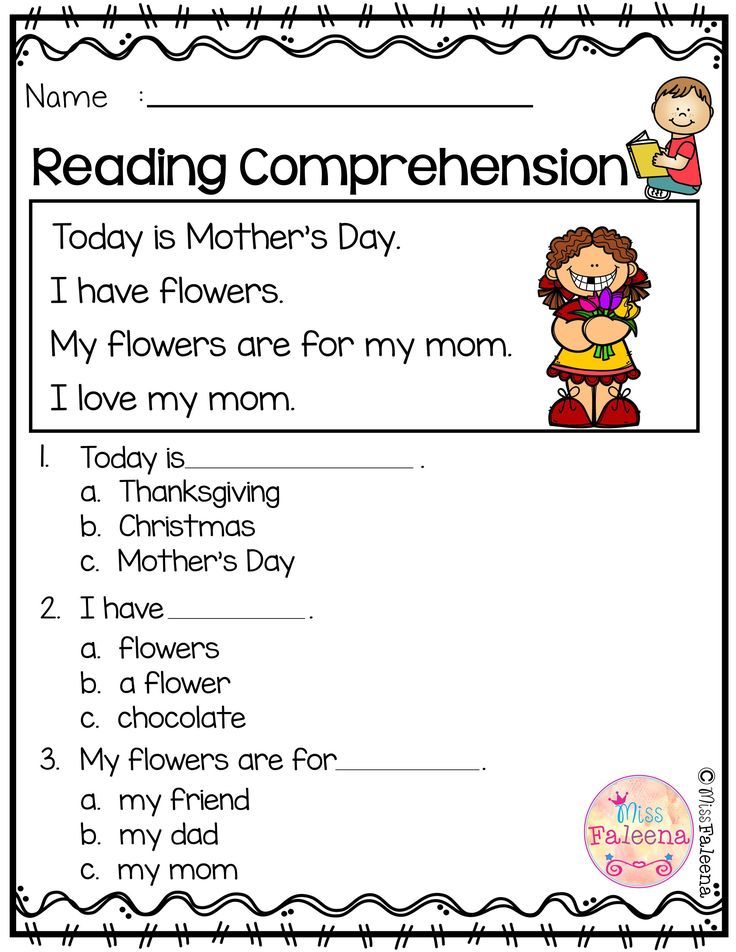 Flip through the book, look closely at the pictures together, and talk about what's on the jacket flaps.
Flip through the book, look closely at the pictures together, and talk about what's on the jacket flaps.
Take a picture walk
This video is from Home Reading Helper, a resource for parents to elevate children’s reading at home provided by Read Charlotte. Find more video, parent activities, printables, and other resources at Home Reading Helper.
Remember when ...?
Connect what your child reads with what happens in life. If reading a book about birds, relate it to birds you've seen on walks in your neighborhood.
Story detectives
As you read with your child, stop and ask questions such as: What’s happening in the picture? Why do you think the puppy is sad? Have you felt that way yourself? Why do you think the spider wanted to help the pig? What do you think is going to happen next? How do you think the story will end? Take turns and let your child to “be the detective” and ask you questions about the book.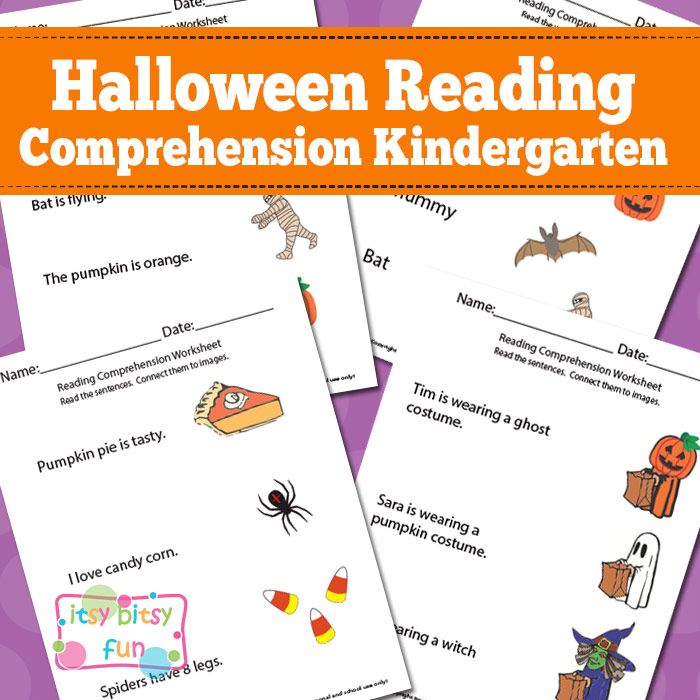 Not only will this develop your child’s comprehension, but critical thinking skills as well.
Not only will this develop your child’s comprehension, but critical thinking skills as well.
Picture the character (Part 1)
Try this activity from the Florida Center for Reading Research (FCRR). The FCRR "At Home" series was developed especially for families! Watch the video and then download the activity: Picture the Character. See all FCRR comprehension activities here.
Picture the character (Part 2)
Try this activity from the Florida Center for Reading Research (FCRR). The FCRR "At Home" series was developed especially for families! Watch the video and then download the activity: Picture the Character. See all FCRR comprehension activities here.
More comprehension resources
Ten Strategies for Improving Reading Comprehension in Kindergarten & F
Here are TEN great strategies to help improve reading comprehension for beginning readers in Kindergarten and first grade! These should be helpful for general comprehension skills as well as for children that are trying to master “the art” of taking and passing Accelerated Reader (AR) tests! Once young readers get into the habit of reading for meaning, they will be on their way when they are expected to make the switch from reading for fun to reading to learn in the content areas! Here are some tips on how to do help make that happen with a wonderful guest post from my new friend Corrine Jacob, and a little help from me, Heidi!
Strategies for Improving Reading Comprehension
One of the first hurdles we come across after kids learn their alphabet and sight words is how to help them comprehend what they read.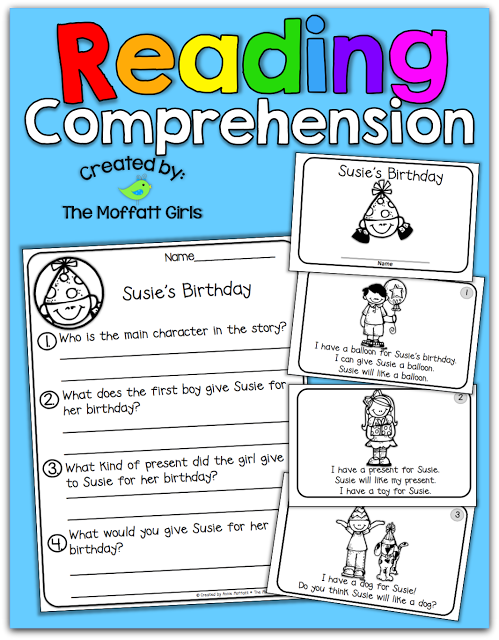 The core purpose of reading is to find meaning in the text. Otherwise, the words and sentences, irrespective of how interesting or informative, are no more than gibberish. To put it in a nutshell, reading and reading comprehension go hand-in-hand. How do we help beginning readers develop the skills and strategies required to improve their comprehension?
The core purpose of reading is to find meaning in the text. Otherwise, the words and sentences, irrespective of how interesting or informative, are no more than gibberish. To put it in a nutshell, reading and reading comprehension go hand-in-hand. How do we help beginning readers develop the skills and strategies required to improve their comprehension?
Young children not only need our help in developing an interest in reading and in learning how to read but they also need to be taught how to understand what they read. Patience is important as there are a multitude of skills involved and it will take time and practice for kids to become proficient at reading comprehension. Here are a few strategies for improving reading comprehension in beginning readers.
Get kids to play reading games.
It is easy to interest kids in a game rather than a book when they are young and have a short attention span.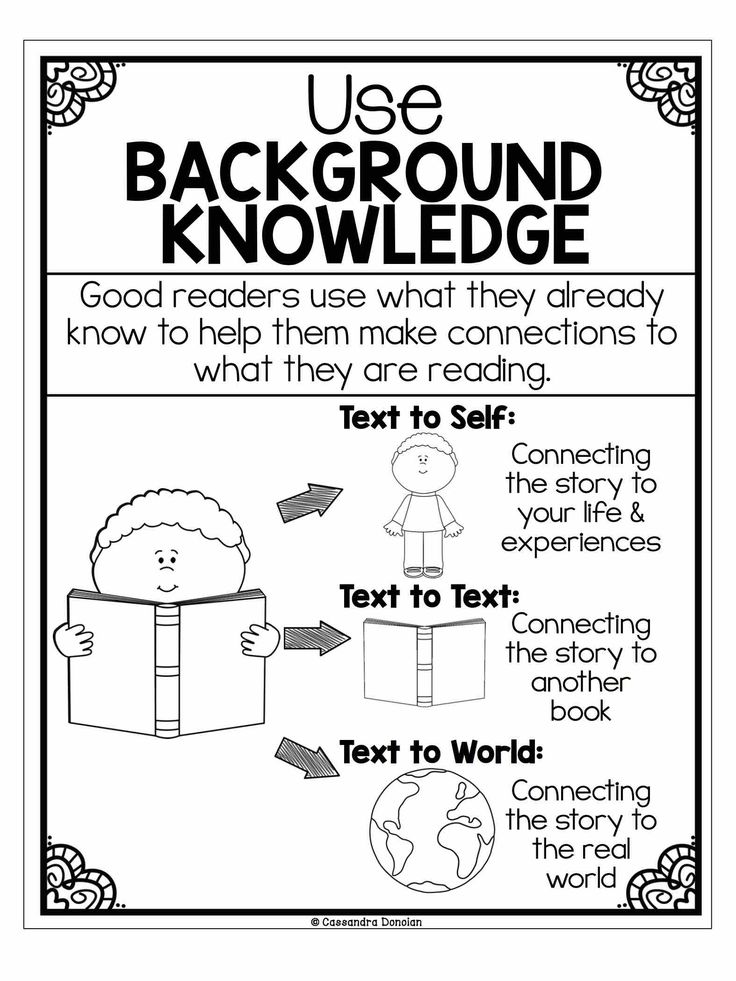 Playing reading games with kids will help keep them entertained and give them an exercise in comprehension as they need to move through the games by answering questions or understanding instructions. There is also the benefit of using the context in the games to aid comprehension.
Playing reading games with kids will help keep them entertained and give them an exercise in comprehension as they need to move through the games by answering questions or understanding instructions. There is also the benefit of using the context in the games to aid comprehension.
Below is a peek at Heidi’s Reading Comprehension Activities for K-2 Pinterest board! There are LOTS of great activities there, and always more to come!
Follow HeidiSongs’s board Reading Comprehension Activities for K-2 on Pinterest.
Give kids adequate practice in sight words.
Beginning readers will benefit from practicing sight words as much as possible. In fact, you need to keep this up until they reach second grade. The quicker they recognize these high frequency words, the easier it will be for them to read with a focus on the meaning of the text. If they are still struggling with decoding and recognizing words, their focus will be more on that than the meaning.
Singing sight word songs is a wonderful, active way to practice these high frequency words in a fun way! Check out these songs from the Sing and Spell Vol.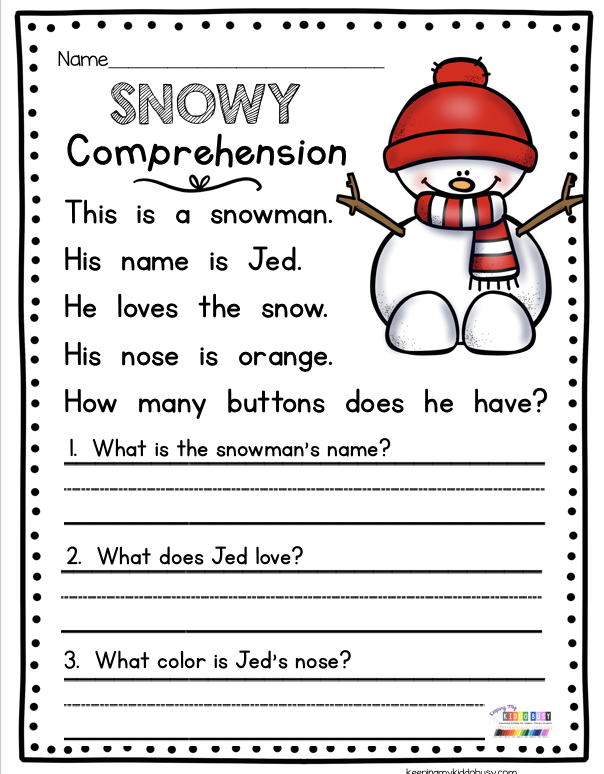 6 CD/DVD in the movie below.
6 CD/DVD in the movie below.
Encourage kids to learn new words.
We know vocabulary is crucial to reading. Often, it is similar to the old chicken or egg paradox. Reading is what helps kids expand their vocabulary. But to be able to read with ease, kids need to be taught vocabulary. We cannot underestimate the power of “owning” these new words enough to be able to use them in a sentence naturally, and that only comes with practice. So teachers and parents will need to set up situations in which that can happen.
Support reading activities with background knowledge.
Before you begin reading to your child or get them to read, it helps to give them background knowledge. This can mean introducing them to the new words that they will encounter while reading the selected text.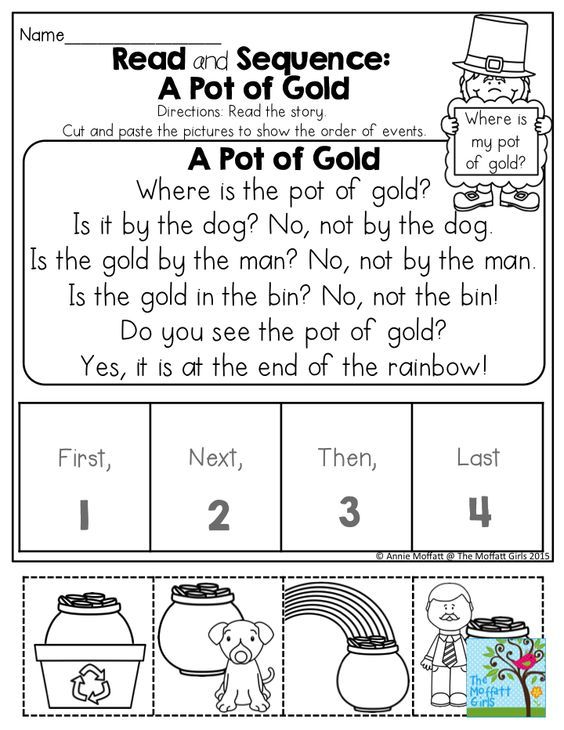 Background knowledge is also the information and experience that your child must possess in order to make the right inferences. If you are reading the story about a fisherman, it would benefit the young reader to understand a little about fishermen and fishing before plunging into the story. So if you cannot actually go fishing, visit YouTube to find some videos of other people fishing and then talk about it with the children.
Background knowledge is also the information and experience that your child must possess in order to make the right inferences. If you are reading the story about a fisherman, it would benefit the young reader to understand a little about fishermen and fishing before plunging into the story. So if you cannot actually go fishing, visit YouTube to find some videos of other people fishing and then talk about it with the children.
Encourage the reading habit.
Beginning readers must practice reading for at least 20 minutes every day. They may not be ready to read independently and reading aloud may turn their attention to how they sound rather than on meaning. I have found that reading with an adult or reading in pairs with other kids is more effective when children are learning reading comprehension. This encourages them to read actively and holds their attention. Young readers can touch the print as they read.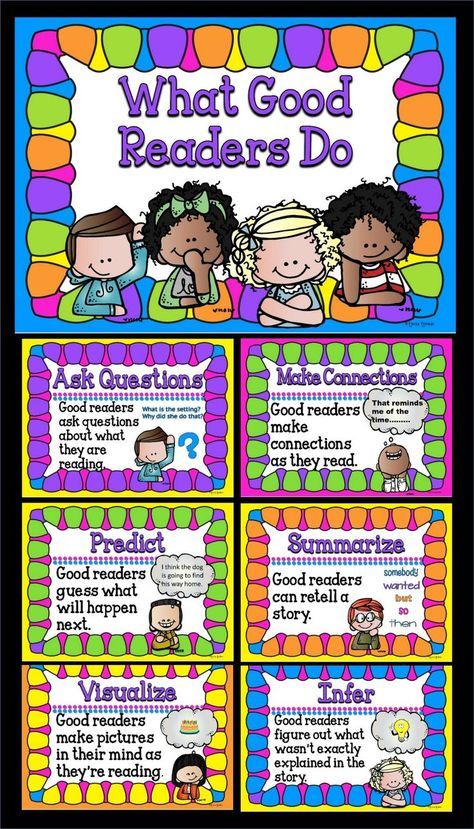 They must also be allowed to reread the same books as many times as possible.
They must also be allowed to reread the same books as many times as possible.
Set a Purpose for Reading
It helps to set clear goals before kids begin reading. This means they should know why they are reading a piece of text. For instance, you could tell kids they will be learning what happens when a fisherman gets lazy and falls asleep while he is out at sea, how caterpillars turn into butterflies or why peacocks dance when it rains. This helps anchor their attention.
Click here to get some free samples of this I Spy CVC Words print and fold easy reader activity!
Click here to find out more about this I Spy CVC Vol. 2 printable easy reader and to get some free samples!
Teach kids to make predictions.
As children grow more comfortable with reading, you can start asking them to make predictions on what they are about to read and what may happen as the events in the story start unfolding.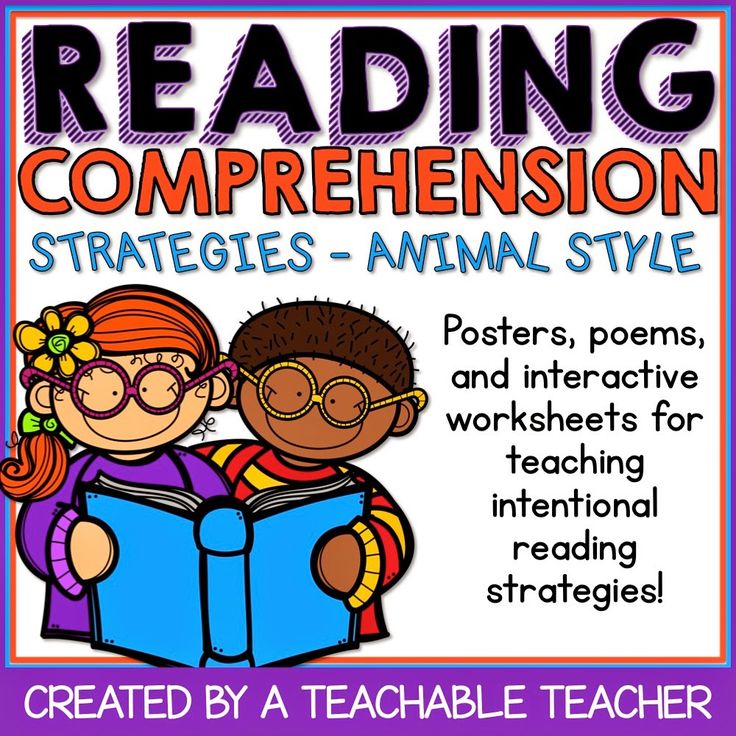 These can be based on pictures and illustrations or the title of the text. You can ask questions like, “What do you think the story is about? What do you think will happen?” After reading the text, check if the predictions were correct.
These can be based on pictures and illustrations or the title of the text. You can ask questions like, “What do you think the story is about? What do you think will happen?” After reading the text, check if the predictions were correct.
For fun, try passing around a “crystal ball” for each child to make a prediction in your small reading group!
Get kids to summarize and retell what they read.
Asking children to summarize a story they have read and to retell it helps them articulate their thoughts. We are able to assess their understanding – what they consider as important, what are the main ideas as they have understood it and how they connect these ideas, the sequence in which they retell the story, and how much they remember. Young children can have fun while they practice retelling stories with a few props from it, as shown in the picture below.
Help kids develop the ability to create mental images.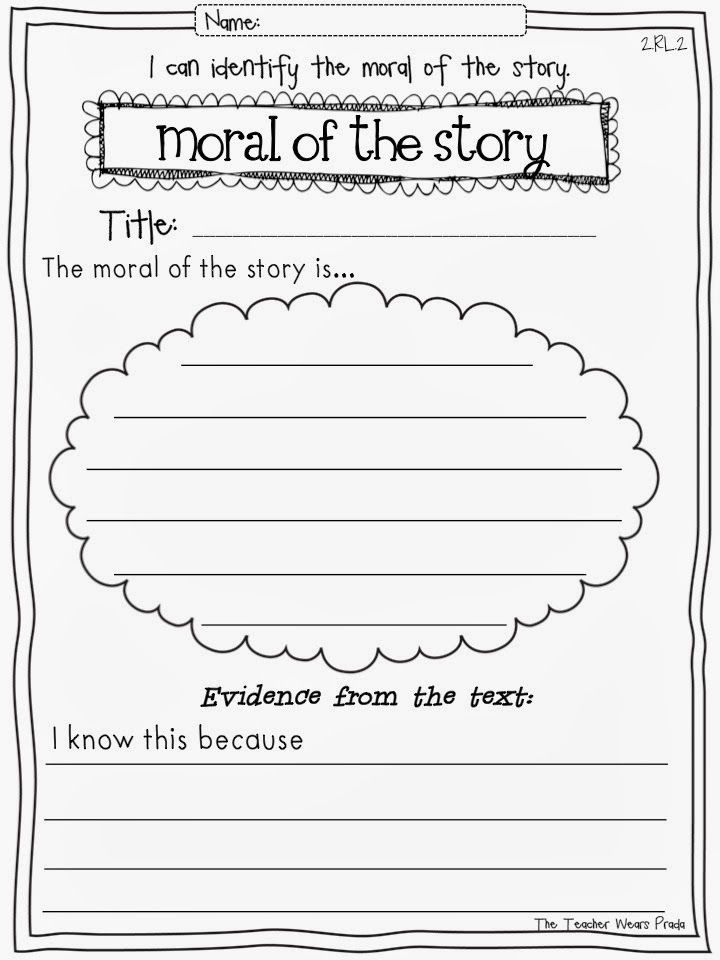
An excellent way for beginning readers to remember what they are reading is to create mental images as they read. We can tell kids that they will have to draw after they finish reading. Their drawing can be about how they felt while reading, a character in the story, their favorite scene. Giving them a time frame within which to complete the drawing allows them to stay focused and not be pulled away from what they have just read.
Help kids visualize what they read about by encouraging them to draw a picture.
Ask questions.
To check comprehension, you can ask kids questions. These can be probing, open-ended questions or close-ended questions. Questions can be used to check how well your child has understood the story. They can also be about what they think will happen based on what they have read so far. Questions can also be used to clarify any confusion.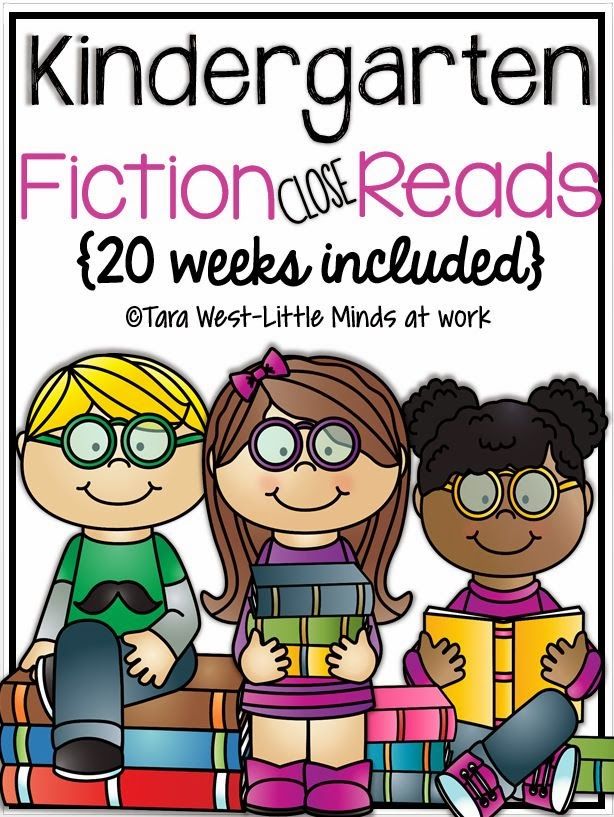 Getting kids to answer your questions can really help them prepare for comprehension tests such as Accelerated Reader (AR) tests, too! Here are some examples:
Getting kids to answer your questions can really help them prepare for comprehension tests such as Accelerated Reader (AR) tests, too! Here are some examples:
“What was the problem Jim faced? How did he handle it? Do you think he was happy?”
“What do you think Sara will do now? How do you think Sara’s father will react? What would you do if you were Sara?”
“Did you come across anything in the story that you did not understand? Do you know what the word _____ means?”
With regular effort, beginning readers can learn to read easily and build their reading comprehension skills. The quicker their uptake and understanding of what they read, the more they will be able to benefit from learning through books and other resources. This will also impact how well they internalize and enjoy other academic subjects.
Author Bio:
Corinne Jacob is a wannabe writer who is convinced that kids learn best when they’re having fun.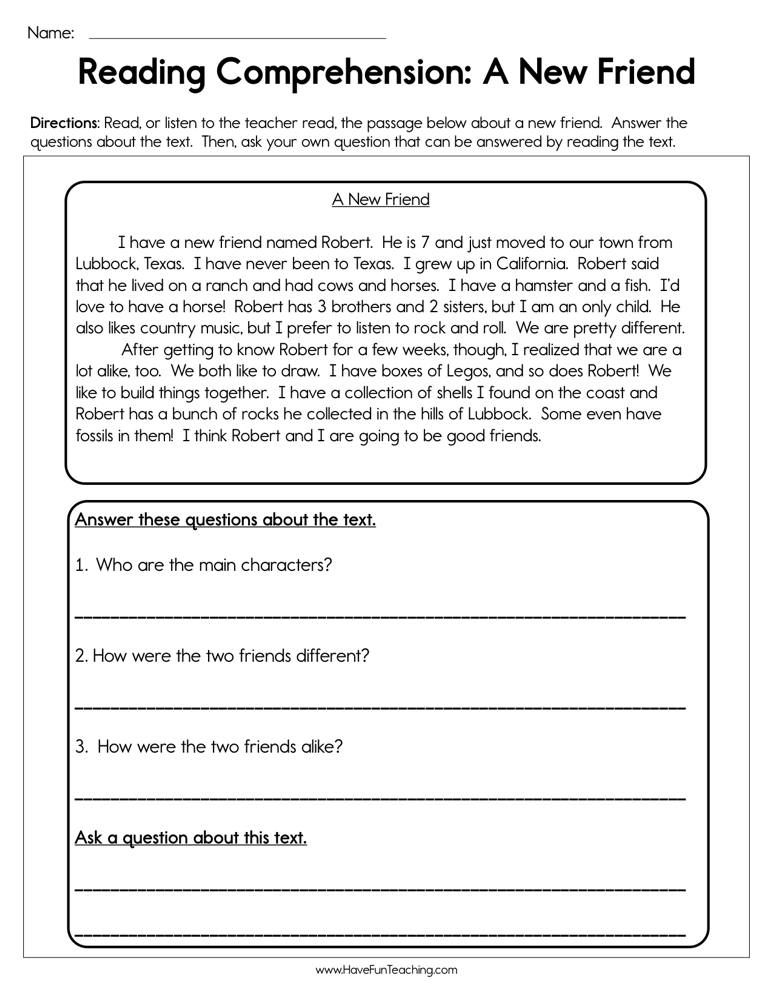 She is constantly on the lookout for new and exciting ways to make learning an enjoyable experience. Corinne loves all things that scream out un-schooling, alternative education and holistic learning.
She is constantly on the lookout for new and exciting ways to make learning an enjoyable experience. Corinne loves all things that scream out un-schooling, alternative education and holistic learning.
----------------------------------
Follow me! Did you enjoy this post? Do me a favor and share it with your friends! And follow this blog by signing up for my email updates, or follow on Bloglovin', or follow me on TPT! I'm also on Pinterest, Facebook, Twitter, Instagram, Google+ and YouTube, too! Don't forget to sign up for our email newsletter (at the bottom of this page) for special deals and promo codes that you won't find out about anywhere else.
Strategies for reading and understanding texts
Content
- What are the strategies for reading and understanding texts?
- How do parents of children with dyslexia find support?
- Are there reading programs in kindergartens?
- At what age should a child learn to read?
- How does reading affect the worldview?
- Is the so-called “SMS language” a danger or an alternative?
Alexander Nikolayevich Kornev, Doctor of Psychology, Candidate of Medical Sciences, answers questions.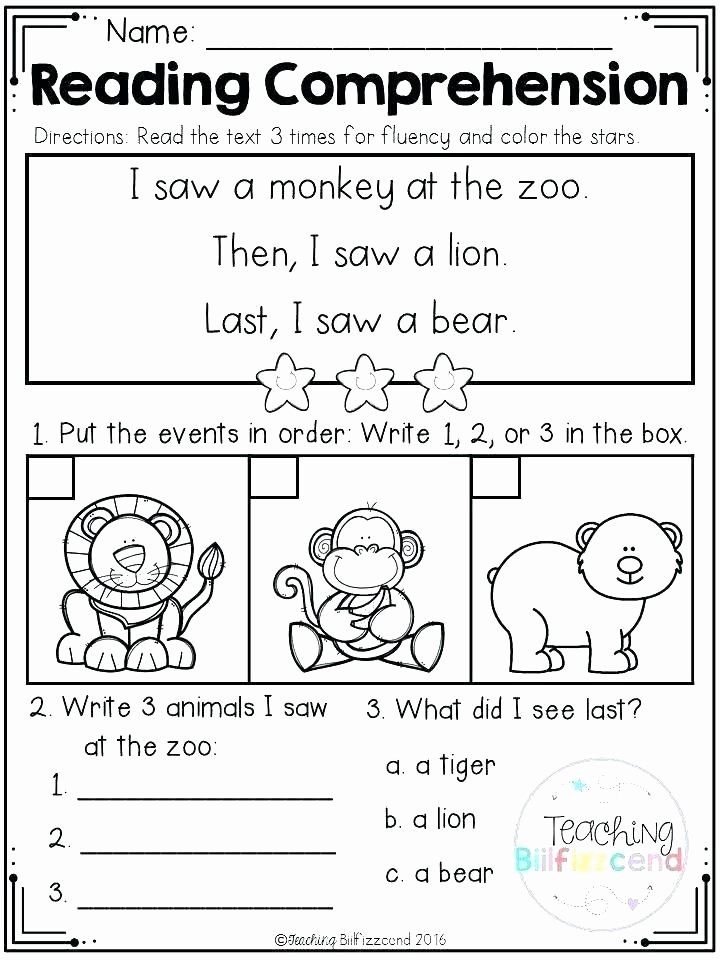 A person who has been studying the meaning of texts for many years.
A person who has been studying the meaning of texts for many years.
What are the strategies for reading and understanding texts?
Alexander Nikolaevich: Despite the fact that reading is an important and significant area in our lives, one cannot fail to say that this is a serious work that requires considerable effort. An adult becomes able to read, loves to read after he, while a child, has been learning this for quite a few years. We can say that reading is the art of penetrating the text. What we understand by reading is a synthesis of the information contained in the text and our knowledge. Each of us has accumulated our own life experience and, reading the text, we give rise to individual associations. These associations and the depth of immersion in the text vary greatly from reader to reader. It is a mistake to think, as they often say in school, that the author laid down some content, and the task of the student is to learn how to extract it. In fact, everything is more complicated: in the process of reading, a kind of dialogue between the reader and the text takes place, which gives rise to the result .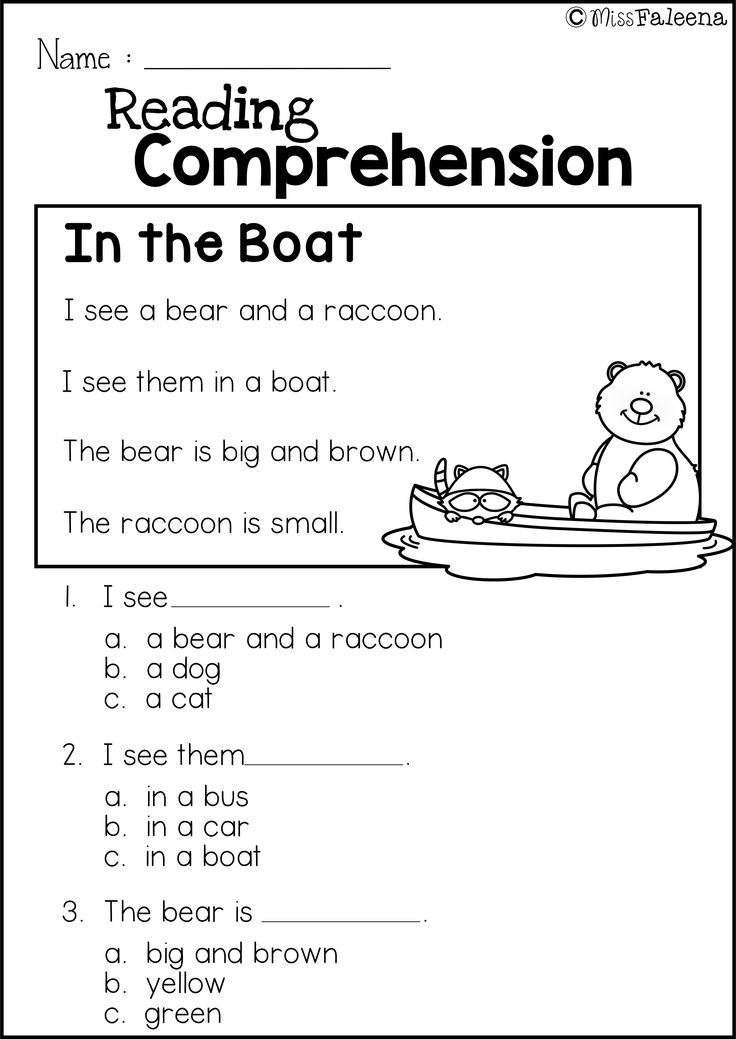
In order to penetrate into the process of reading and understand it, a number of studies were carried out using the eye-tracking procedure - tracking eye movements during reading. Research has shown that adults have different strategies for scanning text.
Continuous fast reading
Continuous fast reading strategy, when the eye goes through all the lines, one by one. This strategy is not the most efficient, and it is also quite time consuming. The study was conducted on a sample of students and it was determined that 10-15% of them have only this strategy. And, accordingly, even when it is not needed, they still spend a lot of effort and time using it. The school has different priorities, so the use of a variety of reading strategies is not taught there.
Selective reading
Another strategy is selective reading, where the reader selectively reads what interests him and skips the rest. It is more economical than the previous one. It is often used by competent readers.
Diagonal reading
The extreme expression of selective reading is called "diagonal reading". Skimming through the text, the reader selects the key points of the content of the text and synthesizes the whole. This strategy is the most economical, but requires special training. Although some master it on their own.
A person with functional reading literacy has a range of strategies and can use them flexibly. This is the ultimate goal of what the school should teach. So far, unfortunately, this has not happened.
It is also impossible not to say that there are children who, having quite sufficient mental abilities, intellect, spending many years at school cannot learn the full skill of reading. For some children, this concerns mainly reading technique, for others, understanding also complements the problem.
Many of these children are not visible, and their difficulties are invisible not only to teachers, but also to parents. This was shown by recent mass surveys, which were initiated by the Association of Parents of Children with Dyslexia.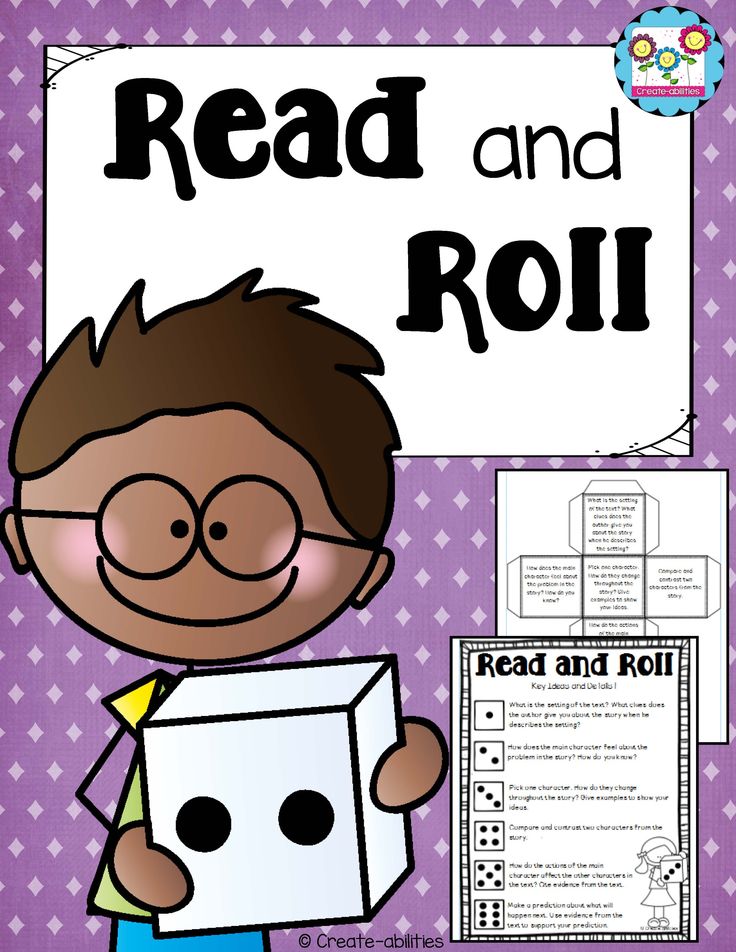 These children experience enormous hardships, but often do not receive help. Studying them is just one of our tasks. In Russia, this problem, unfortunately, has not been actively studied for many years. And now the Laboratory of Neurocognitive Technologies of the National Research Center and the Department of Logopathology of the St. Petersburg Pediatric Medical University in Russia are perhaps the most active in such studies.
These children experience enormous hardships, but often do not receive help. Studying them is just one of our tasks. In Russia, this problem, unfortunately, has not been actively studied for many years. And now the Laboratory of Neurocognitive Technologies of the National Research Center and the Department of Logopathology of the St. Petersburg Pediatric Medical University in Russia are perhaps the most active in such studies.
Representatives of different sciences participate in these studies, because reading requires the use of resources of a very different nature: cognitive, physiological, linguistic. And psychologists, linguists, psychophysiologists and doctors are participating in the study of this issue. Interdisciplinarity for the development of this problematic is very important.
How do parents of dyslexic children find support?
Alexander Nikolaevich: This question is very topical and difficult. I would divide parents into 2 categories: the first, not very numerous, those who try to find help, do their best, literally devote themselves to helping the child.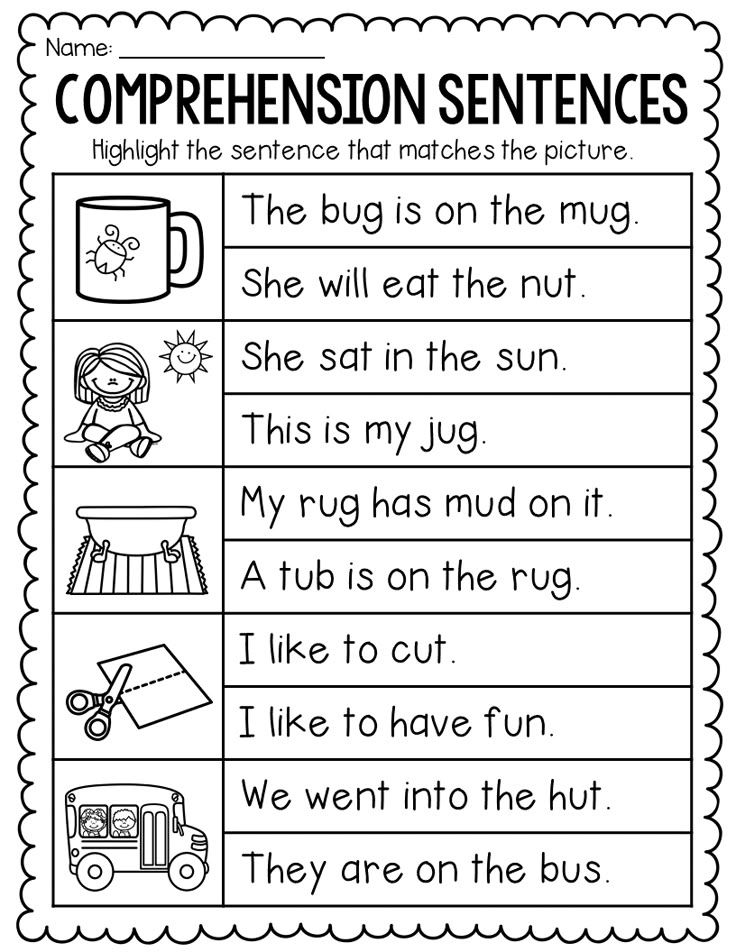 And, most importantly, they treat him sympathetically, condescendingly, psychologically support him.
And, most importantly, they treat him sympathetically, condescendingly, psychologically support him.
And another category is parents, who, alas, underestimate the seriousness of this deficiency and the severity of the child's experiences. Often, they see the reason for the child's lagging behind in negligence, bully the child, forcibly force him to read a lot. As a result, they exacerbate the child's feelings, but do not help.
It turns out that actually far fewer parents seek help than needy children, and also because at the moment there is no network of centers where dyslexics would be helped effectively.
Therefore, we are going to meet ourselves. We go to schools, because often such children remain unidentified. And we are starting to move towards providing assistance, including with the help of a specially developed digital methodology hosted on the SLOGY.RU online platform. The creation of a digital methodology has made it possible to make a breakthrough in the provision of effective and affordable assistance.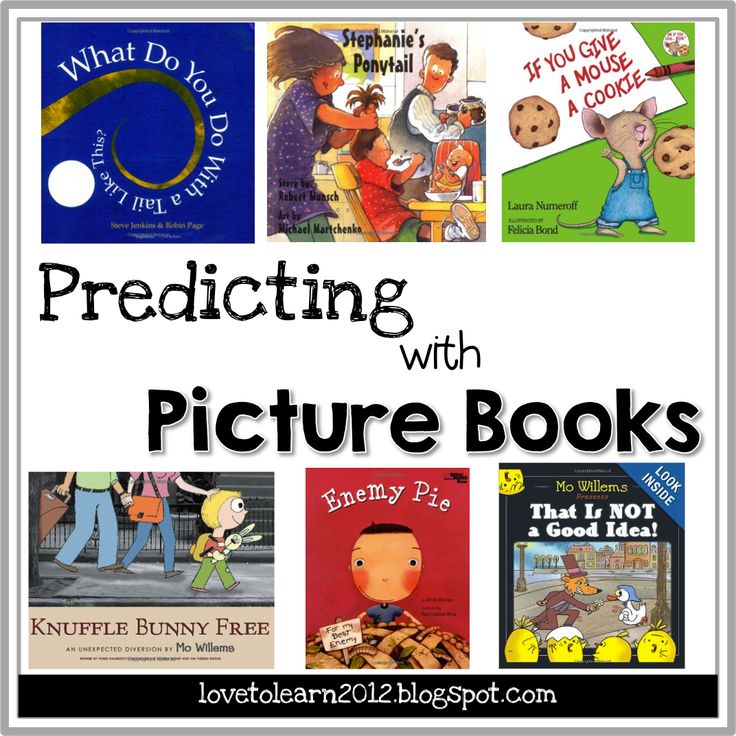 Because anywhere in Russia, anyone who has access to the Internet can get help, even if there is no speech therapist nearby.
Because anywhere in Russia, anyone who has access to the Internet can get help, even if there is no speech therapist nearby.
Are there reading programs in kindergartens?
Alexander Nikolaevich: Of course, there is. There are several such recommended lists in preschool education programs. They contain works that are read to children. And they are sorted by age. But the fact is that reading aloud to children is an art. Being a reader does not mean just reading. And when it comes to children, this is especially important.
First, the reading must be expressive and artistic. Secondly, it should not be formal.
For example, this is what is called reading-dialogue, when the reading of a fairy tale is interspersed with a conversation, a dialogue with children. When they are invited to give their opinion. Not the one that is imposed on them, but their own impression that arose when listening to a fairy tale. Unfortunately, many institutions do not pay serious attention to this.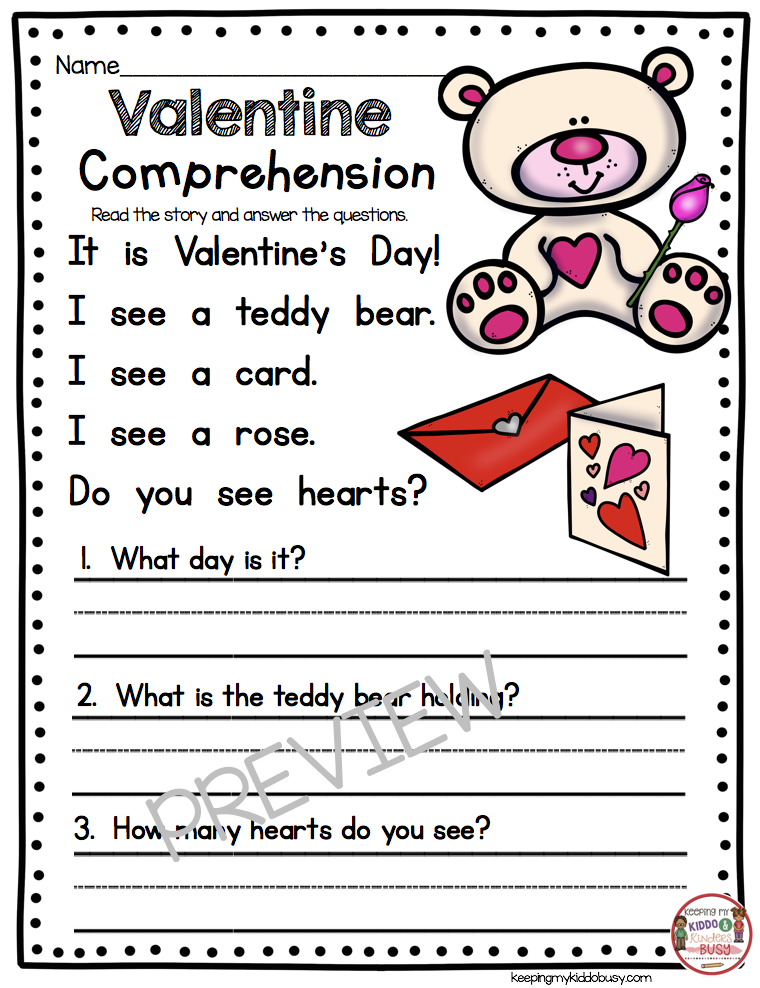 This kind of reading, fairy tales, narratives allows, if it is done correctly, to infect the child with an interest in stories. First, an adult reads them, and then the child wants to do it himself. Of course, the family plays a huge role here.
This kind of reading, fairy tales, narratives allows, if it is done correctly, to infect the child with an interest in stories. First, an adult reads them, and then the child wants to do it himself. Of course, the family plays a huge role here.
Studies have shown that the more parents are interested in reading, the more often they read, the more likely that the child will develop an interest in reading. And it helps a lot if the child has difficulties. That is, a lot depends on the attitude of adults to the book, on the value position of reading.
Unfortunately, in our society, this is not as good as we would like. And adults began to read less often, and children are much less likely to reach for a book. In other words, this is a social problem, and not just a methodological one.
At what age should a child learn to read?
Alexander Nikolaevich: if we talk about the average figures that are known, then this age coincides with the beginning of schooling - 6.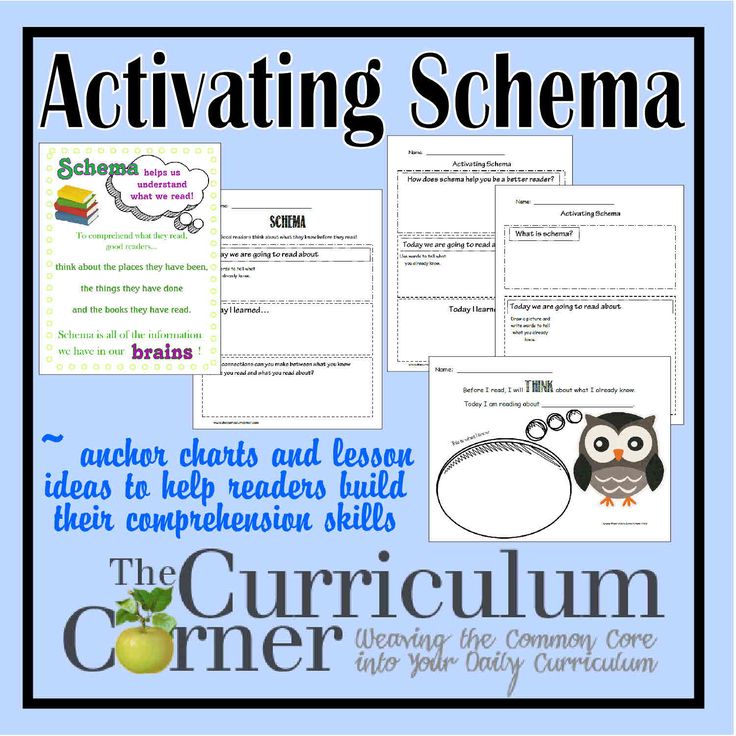 5-7 years. It takes about three years to master the technique of reading. And then the child feels more free in the space of the text and begins to enjoy, he develops interest. He reads of his own free will, and not because he was told at school. But there are many exceptions: there are children who, at the age of three or four, learned to read on their own. However, it is difficult to predict the likelihood of such an early reading acquisition. It is partly genetically determined, but the contribution of the environment is also great: at the end of 19- At the beginning of the 20th century there was a tradition of family reading, when adults read aloud to each other. The kids got into it too. Alas, this tradition has died out and is very rare now, and this infects the child - children have well-developed imitation, and if they see that adults are interested, they become interested too. And they are trying to get into this world. Therefore, the value position of reading, in my opinion, is very important.
5-7 years. It takes about three years to master the technique of reading. And then the child feels more free in the space of the text and begins to enjoy, he develops interest. He reads of his own free will, and not because he was told at school. But there are many exceptions: there are children who, at the age of three or four, learned to read on their own. However, it is difficult to predict the likelihood of such an early reading acquisition. It is partly genetically determined, but the contribution of the environment is also great: at the end of 19- At the beginning of the 20th century there was a tradition of family reading, when adults read aloud to each other. The kids got into it too. Alas, this tradition has died out and is very rare now, and this infects the child - children have well-developed imitation, and if they see that adults are interested, they become interested too. And they are trying to get into this world. Therefore, the value position of reading, in my opinion, is very important.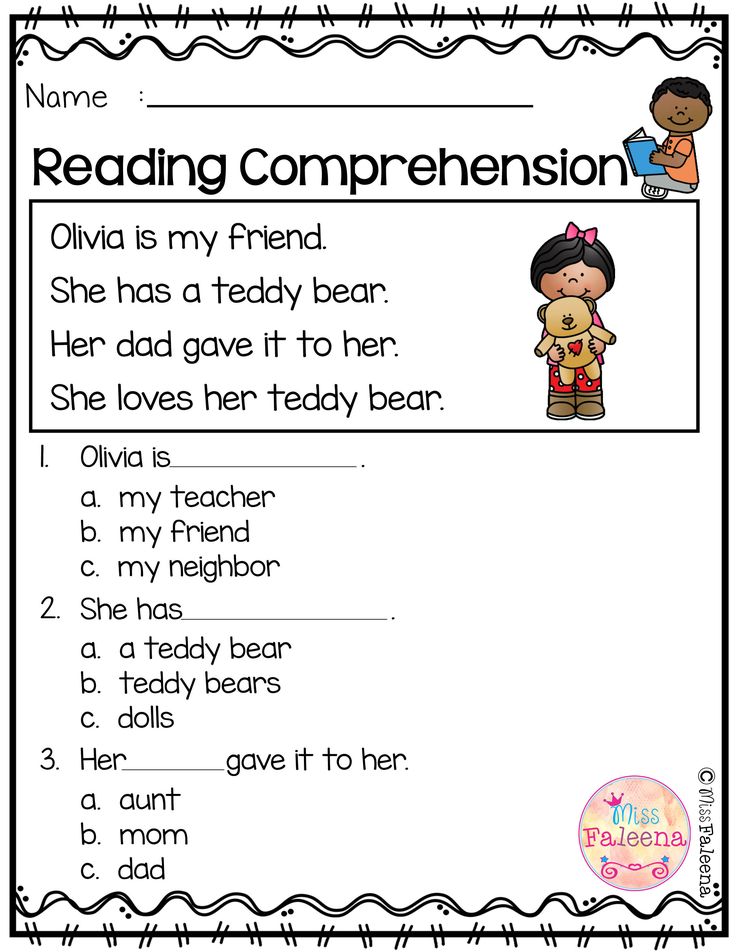
How does reading affect the worldview?
Alexander Nikolaevich: When a person reads a book, he creates an imaginary world, forms his own "image of the text", reflects and draws his own conclusions. By thinking, he develops his brain. Figuratively speaking, it builds a kind of processor in the brain that can process texts and extract meanings. On the other hand, literary texts enrich the child's personality. Because in fiction we are given a colossal layer of experience that we are deprived of in real life. And it helps personal growth. This contribution is, of course, invaluable. I'm not talking about the benefits for the development of speech and the enrichment of vocabulary.
Is the so-called “SMS language” a danger or an alternative?
Alexander Nikolaevich: There are different points of view regarding the language of communication on the Internet and its integration into our everyday communication, speech, but they can rather be called opinions - this topic has not yet been seriously studied not only in Russia, but also in the world .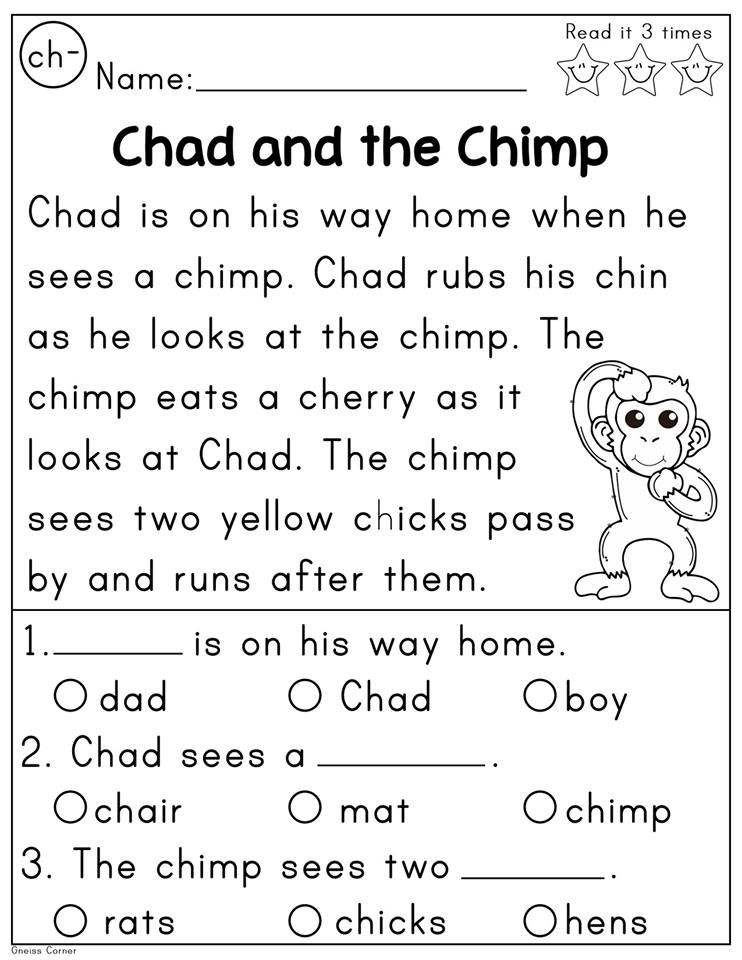 In my opinion, cause and effect are often confused here. That is, it's not about the Internet, not about SMS, but about the language poverty of a considerable proportion of the population.
In my opinion, cause and effect are often confused here. That is, it's not about the Internet, not about SMS, but about the language poverty of a considerable proportion of the population.
If a child or an adult has a need to communicate with a book, he will not replace it by flipping through pictures or something like that. But if there is no gravity, then the void can be filled with anything.
It is impossible not to mention the change in culture and oral language, which, alas, is not growing in our country, but rather falling. Thus, a vicious circle is created - the poverty of the dictionary makes it difficult to understand the text, and little reading experience limits the growth of vocabulary. And we see this clearly and concretely. Children, reading texts of literature, especially classical ones, sometimes do not understand up to a third, or even half of the full meaning of words. A colleague will add to my words.
Ingrida Balciuniene: I am Associate Professor of the Department of Logopathology at the Pediatric Medical University and Vytautas Magnus University (Kaunas, Lithuania).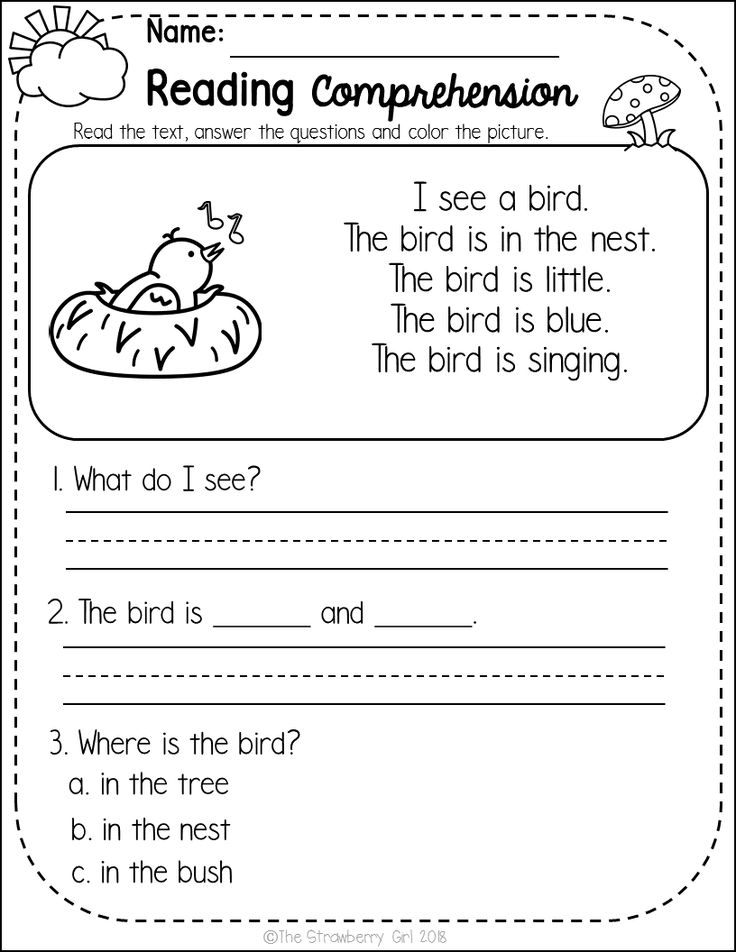 I study reading problems both there and here. I would like to draw attention to the frequent complaints from parents and teachers that the child does not want to read and does not like the book. He is happy to “sit in a laptop or phone”, but does not want to take up reading. Often in response to this complaint, advice is given: give him an e-book, download it to the tablet, and let the child read and develop. I don't think this is an option. Digitizing a book when the child is presented with the same material on a tablet screen will not help. Book speech is complex, it is characterized by long complex sentences, low-frequency and therefore unfamiliar words to the child. In order for the e-book to really help and the child to read with pleasure, additional technological solutions must be taken. For example, interactivity, intertextuality - so that the child can click on any word that he did not understand, and with this click he would open a definition, an explanation. Such active meaningful and meaningful reading can partially help solve this problem.
I study reading problems both there and here. I would like to draw attention to the frequent complaints from parents and teachers that the child does not want to read and does not like the book. He is happy to “sit in a laptop or phone”, but does not want to take up reading. Often in response to this complaint, advice is given: give him an e-book, download it to the tablet, and let the child read and develop. I don't think this is an option. Digitizing a book when the child is presented with the same material on a tablet screen will not help. Book speech is complex, it is characterized by long complex sentences, low-frequency and therefore unfamiliar words to the child. In order for the e-book to really help and the child to read with pleasure, additional technological solutions must be taken. For example, interactivity, intertextuality - so that the child can click on any word that he did not understand, and with this click he would open a definition, an explanation. Such active meaningful and meaningful reading can partially help solve this problem.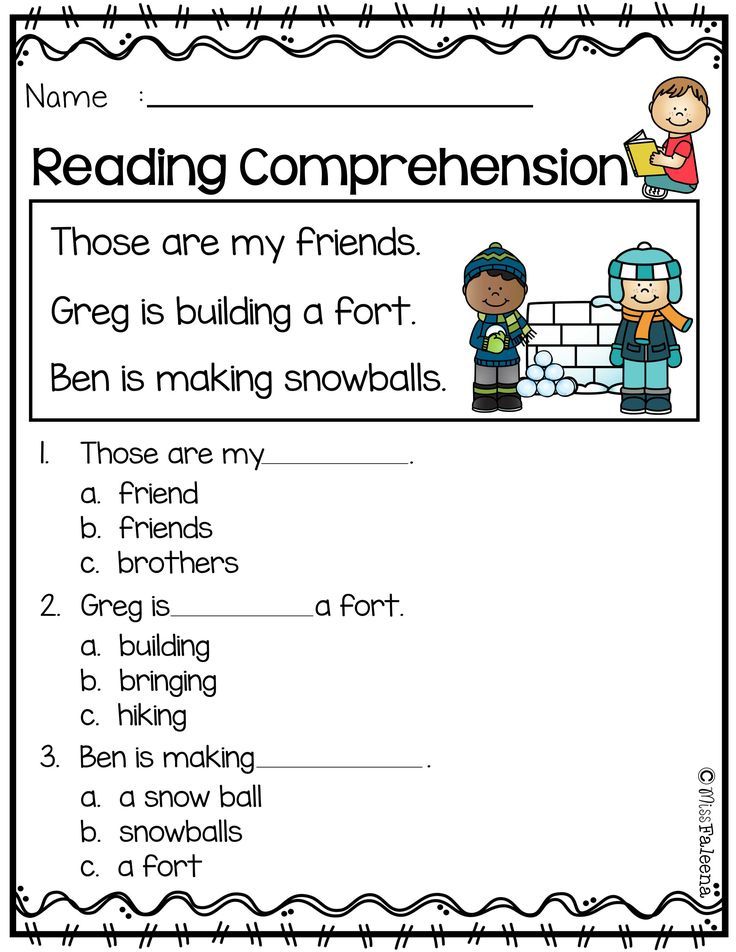
Alexander Nikolaevich: And I would add that the contribution of parents can be very large. Alas, in my experience, this happens quite rarely. Reading aloud to children usually ends at the age of 2-3 years and rarely, rarely reaches the beginning of schooling. And when a child has learned to read, parents for some reason think that since he can do it himself, now he no longer needs to read aloud. In fact, it is only after three or four years that the child will begin to understand in any depth what he is reading. This emphasizes the fact that reading aloud by an adult is also necessary for a child at school age. And in many countries this is cultivated: there is even an international society of narratologists, which specifically shares its experience and develops appropriate methods for reading and telling stories to children. You need to make time and spend it reading aloud to your child. Of course, every adult has his own life and his own troubles, but this contribution can hardly be overestimated, because it is a contribution to the formation of the child's personality.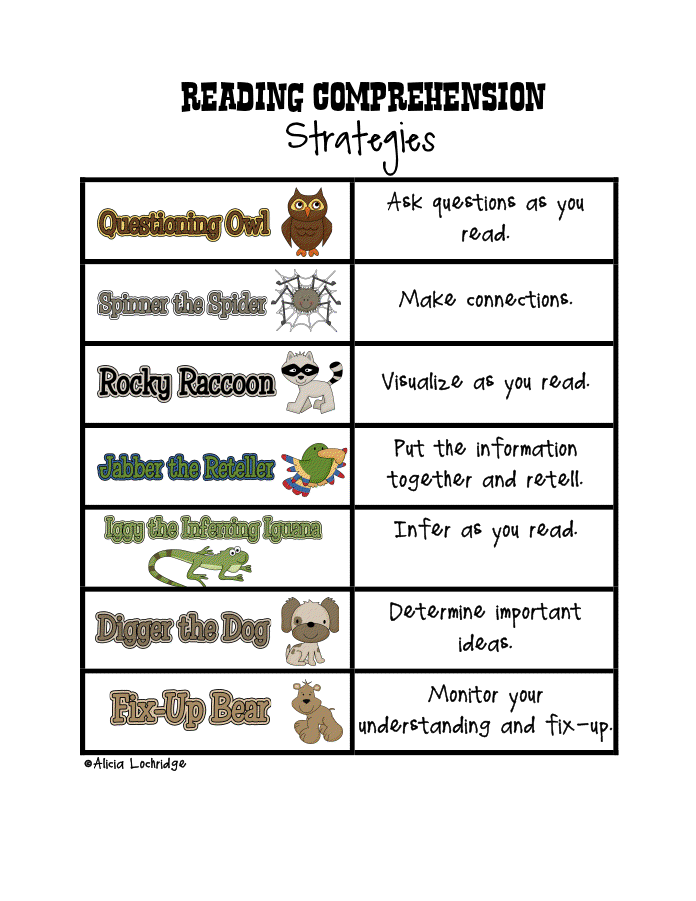 And if a child has been taught to appreciate the text and the word at this stage, then self-development will already work autonomously.
And if a child has been taught to appreciate the text and the word at this stage, then self-development will already work autonomously.
The material was created on the basis of the presentation by Professor Alexander Nikolayevich Kornev and the research group of the Laboratory of Neurocognitive Technologies of St. Petersburg Pediatric University at the Book Lighthouse festival.
One day in an inclusive kindergarten
Video
29 April 2022
What does a day in an inclusive kindergarten look like? We are publishing a video that tells the story of Diana, a girl with autism, who attends kindergarten No. 53 of a combined type in St. Petersburg.
Diana is four and a half years old. She lives in St. Petersburg. The camera follows her throughout the day, and the viewer can see how modern support technologies help her learn new skills, communicate and play with peers.
The video was filmed to tell about the experience of inclusion in kindergarten No.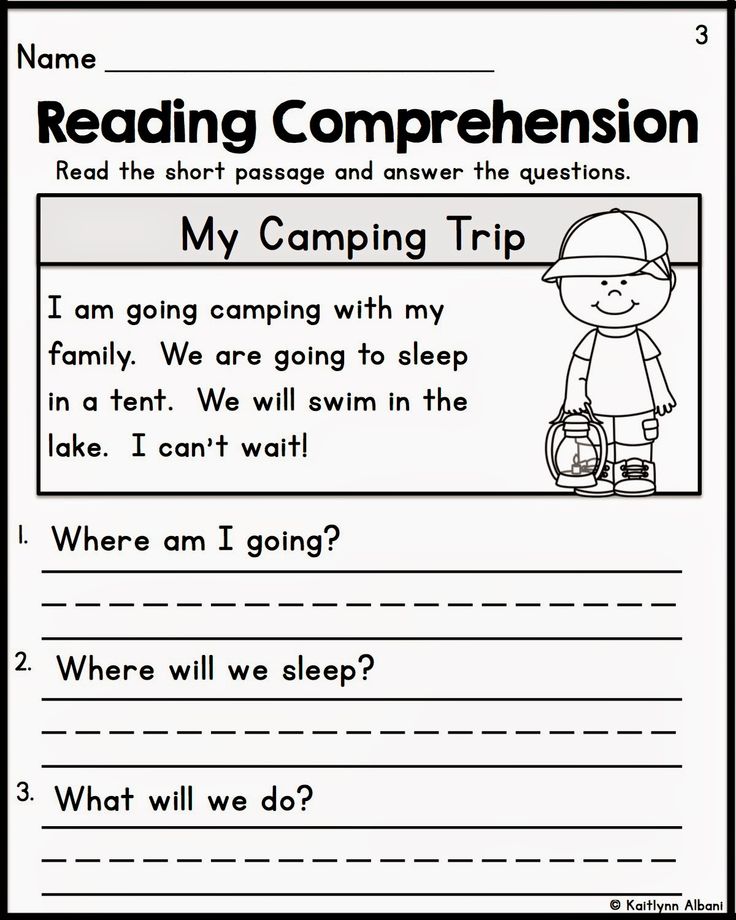 53 of the combined type of the Frunzensky district. This kindergarten has long been participating in a program organized by the Naked and Hearts Foundation. Kindergarten employees took part in educational trainings prepared by the Foundation's experts and continue to receive regular supervision.
53 of the combined type of the Frunzensky district. This kindergarten has long been participating in a program organized by the Naked and Hearts Foundation. Kindergarten employees took part in educational trainings prepared by the Foundation's experts and continue to receive regular supervision.
The key role in inclusive preschool education is played by the human factor — specialists who are close to the child, their ability to understand the needs of different children. Diana has a tutor, educators, psychologists, speech therapists who work with her in kindergarten have the most up-to-date knowledge about autism and effective assistance programs. They make up a team that thinks every day about how to make the life of every child in kindergarten joyful, educational and filled with human interaction.
Kindergarten uses visual support - in the video we see various types of schedules and visual cues that help children with self-care (for example, changing clothes). Visual support is also used during group activities involving children with autism and their typically developing peers. It also allows Diana to understand the rules of behavior in different situations.
Visual support is also used during group activities involving children with autism and their typically developing peers. It also allows Diana to understand the rules of behavior in different situations.
Diana is just learning how to use speech. An additional communication system, PECS cards, helps Diana to ask for what she wants. Diana always carries a communication album with her - this allows her to communicate in a variety of situations, and not just during classes.
Visual support includes various methods of providing information based on human visual perception and helping to visualize such abstract categories as time, sequence of actions, causal relationships. Visual support helps a person to be independent, concentrate and hold attention better, understand social rules, learn more successfully and interact more functionally with people and the environment.
Developmental Disabilities is a group of conditions resulting from impairments in physical, cognitive, language or behavioral areas. These conditions occur at different periods of development, can affect daily functioning, and usually persist throughout a person's life.
These conditions occur at different periods of development, can affect daily functioning, and usually persist throughout a person's life.
Image exchange communication system. The program was created in the USA, its authors are Andy Bondy and Laurie Frost. The program is aimed at teaching the basic basics of communication - contacting a communication partner, asking, commenting and answering simple questions. The effectiveness of the program has been proven in numerous studies, this program is successfully used in different countries of the world.
Joint Attention Symbolic Play Engagement Regulation is translated as “joint attention, symbolic play, engagement, regulation”. A program aimed at developing joint attention, play and communication in preschoolers with autism spectrum disorders. This approach was developed at the Center for Autism Research and Treatment at the University of California, Los Angeles, in a laboratory led by Dr.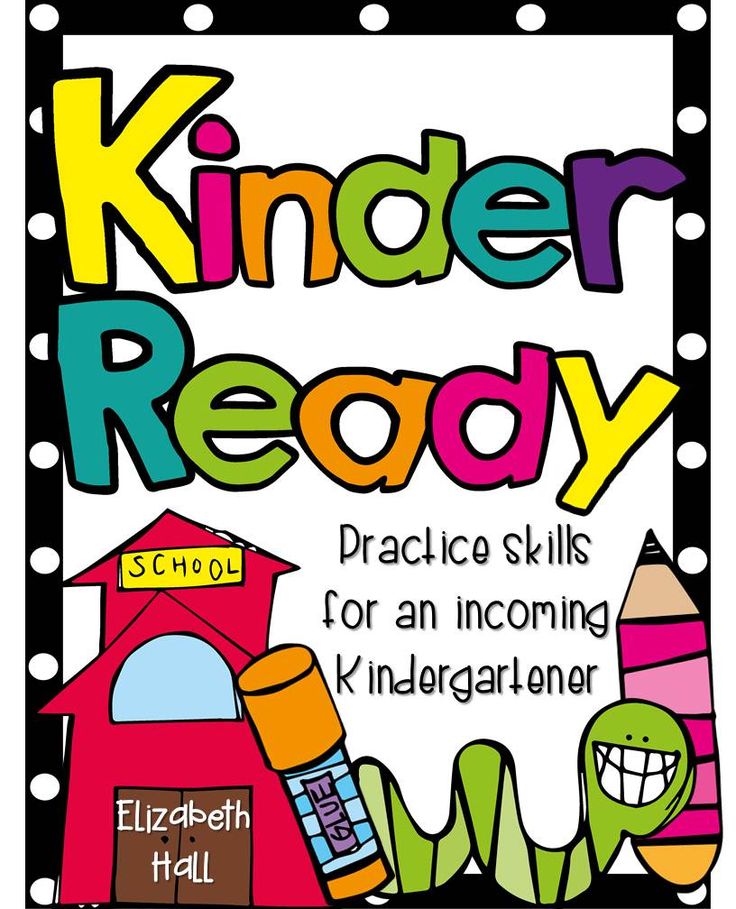 Connie Kasari at the Center for Autism Research and Treatment, at the University of California, Los Angeles.
Connie Kasari at the Center for Autism Research and Treatment, at the University of California, Los Angeles.
This is a behavior change method consisting of three components: 1) a detailed list of target behaviors; 2) tokens or points that students receive for performing this behavior; 3) a set of delayed reinforcements - favorite things, activities, privileges, benefits received by participants of their choice in exchange for earned tokens.
Assistance program for parents raising preschool children with autism. It was developed by the National Autism Society of Great Britain in 1997 year. The program aims to help families understand autism and put into practice effective strategies to help their child develop. The program has been successfully applied in the UK, New Zealand, Germany, South Africa, Qatar, Belgium, Ireland and other countries. Thanks to the Naked Heart Foundation, in September 2014, the Early Bird began to work in Russia.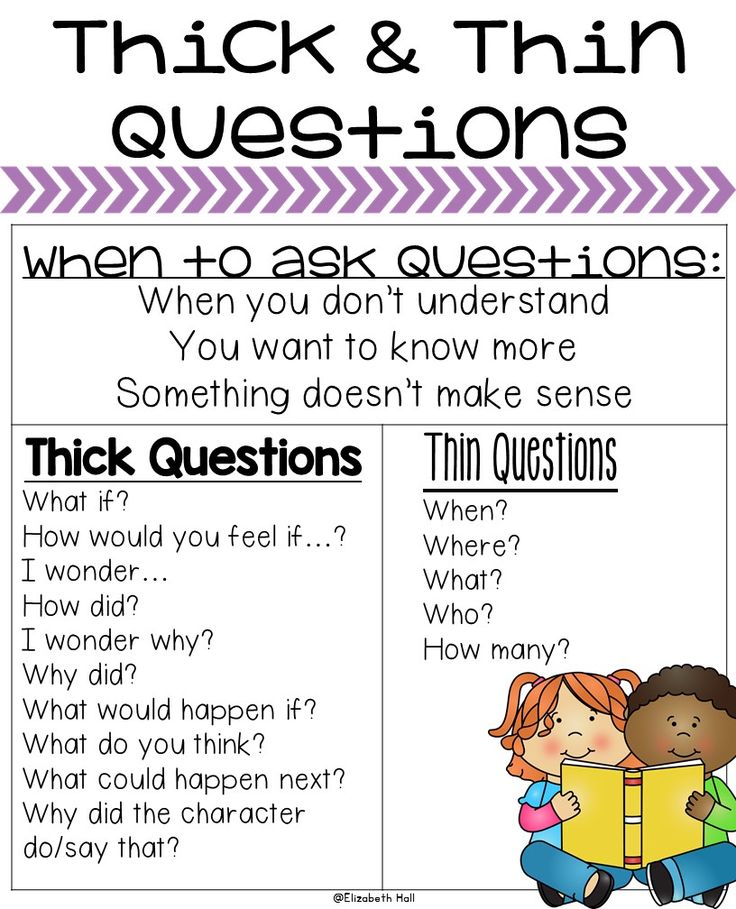
Those working with Diana understand the importance of using reinforcement to teach new skills. To earn reinforcements, Diana collects tokens.
Special attention is paid to the development of play and joint attention in kindergarten. Specialists use the JASPER program, the effectiveness of which has been proven in numerous studies.
Prior to entering Kindergarten #53, Diana attended an intensive behavioral support group. Participation in this program helped the girl prepare for kindergarten, learn to listen to adults and follow their instructions. Careful data collection and analysis allowed specialists to understand the causes of the girl's difficult behavior and deal with it.
Diana's mom participated in the Early Bird program, which helped her understand her daughter and autism better, start using effective strategies at home, and see how they help other families. Specialists continue to meet regularly with parents to set goals together, track progress, and implement technologies with proven effectiveness at home and in kindergarten.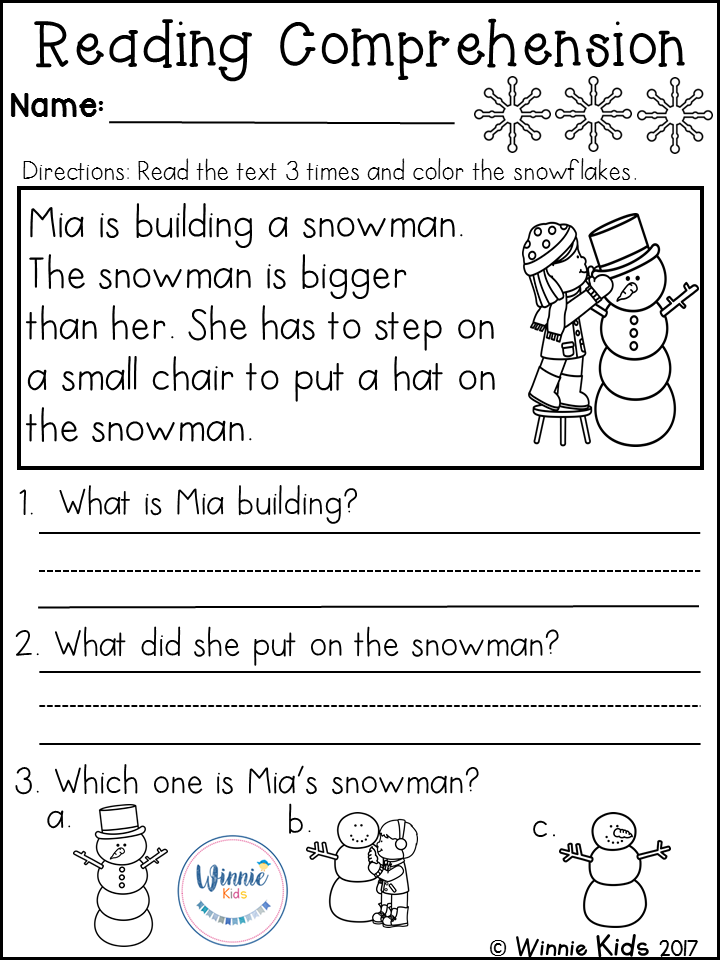
Visual support includes various methods of providing information based on human visual perception and helping to visualize such abstract categories as time, sequence of actions, causal relationships. Visual support helps a person to be independent, concentrate and hold attention better, understand social rules, learn more successfully and interact more functionally with people and the environment.
Developmental disabilities are a group of conditions resulting from impairments in physical, cognitive, language or behavioral areas. These conditions occur at different periods of development, can affect daily functioning, and usually persist throughout a person's life.
Image exchange communication system. The program was created in the USA, its authors are Andy Bondy and Laurie Frost. The program is aimed at teaching the basic basics of communication - contacting a communication partner, asking, commenting and answering simple questions.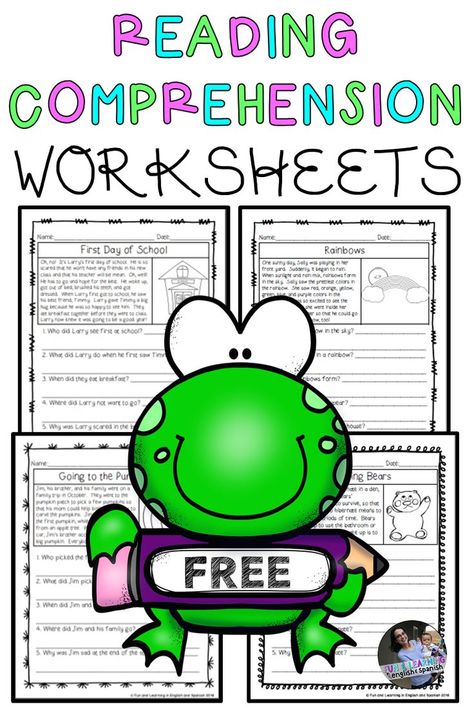 The effectiveness of the program has been proven in numerous studies, this program is successfully used in different countries of the world.
The effectiveness of the program has been proven in numerous studies, this program is successfully used in different countries of the world.
Joint Attention Symbolic Play Engagement Regulation is translated as “joint attention, symbolic play, engagement, regulation”. A program aimed at developing joint attention, play and communication in preschoolers with autism spectrum disorders. This approach was developed at the Center for Autism Research and Treatment at the University of California, Los Angeles, in a laboratory led by Dr. Connie Kasari at the Center for Autism Research and Treatment, at the University of California, Los Angeles.
This is a behavior change method consisting of three components: 1) a detailed list of target behaviors; 2) tokens or points that students receive for performing this behavior; 3) a set of delayed reinforcements - favorite things, activities, privileges, benefits received by participants of their choice in exchange for earned tokens.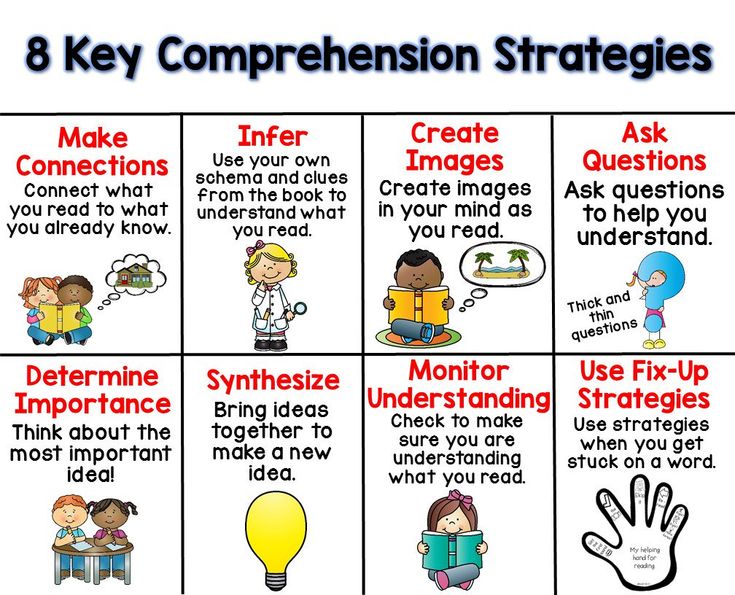
Assistance program for parents raising preschool children with autism. It was developed by the National Autism Society of Great Britain in 1997 year. The program aims to help families understand autism and put into practice effective strategies to help their child develop. The program has been successfully applied in the UK, New Zealand, Germany, South Africa, Qatar, Belgium, Ireland and other countries. Thanks to the Naked Heart Foundation, in September 2014, the Early Bird began to work in Russia.
The opportunity to connect with other children, play and learn with them is very important for children with special needs. We see that all the children are together, they all have fun and feel good. They sing and dance, run a race on a walk. The ability to negotiate, respect and accept differences, rejoice in big and small successes is highly valued in modern society - this is what children learn in an inclusive kindergarten.
Inclusion can only be successful if there is the possibility of adapting, flexible approach to the characteristics of different people. All people are equal and they are all different. Therefore, Diana's program is unique and created specifically for her.
Inclusive education is such an organization of the learning process in a kindergarten or school, in which all children, regardless of their physical, mental, intellectual, cultural, ethnic, linguistic and other characteristics, are included in the general education system and study at the place of residence together with their peers in general education kindergartens and schools, while taking into account the individual and educational needs of all children, they are provided with the necessary support.
It must be remembered that today the right of all children to education living in the Russian Federation is enshrined in law. Its accessibility for citizens with disabilities “is ensured by the creation of the necessary conditions for obtaining a quality education without discrimination, correction of developmental disorders and social adaptation, provision of early correctional assistance based on special pedagogical approaches and the most suitable languages, methods and ways of communication for these individuals — the creation of conditions, contributing to the maximum extent to obtaining education of a certain level and a certain focus, as well as to the social development of these persons, including through the organization of inclusive education for persons with disabilities” (Article 5 of the Federal Law “On Education in the Russian Federation”).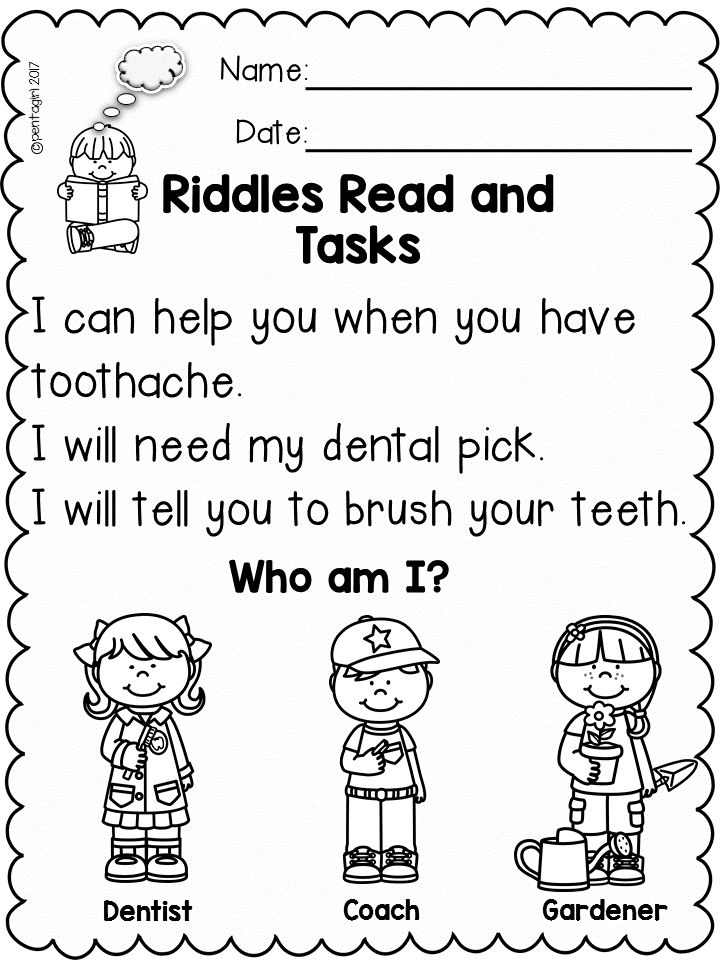
Visual support includes various methods of providing information based on human visual perception and helping to visualize such abstract categories as time, sequence of actions, causal relationships. Visual support helps a person to be independent, concentrate and hold attention better, understand social rules, learn more successfully and interact more functionally with people and the environment.
Developmental Disabilities is a group of conditions resulting from impairments in physical, cognitive, language or behavioral areas. These conditions occur at different periods of development, can affect daily functioning, and usually persist throughout a person's life.
Image exchange communication system. The program was created in the USA, its authors are Andy Bondy and Laurie Frost. The program is aimed at teaching the basic basics of communication - contacting a communication partner, asking, commenting and answering simple questions.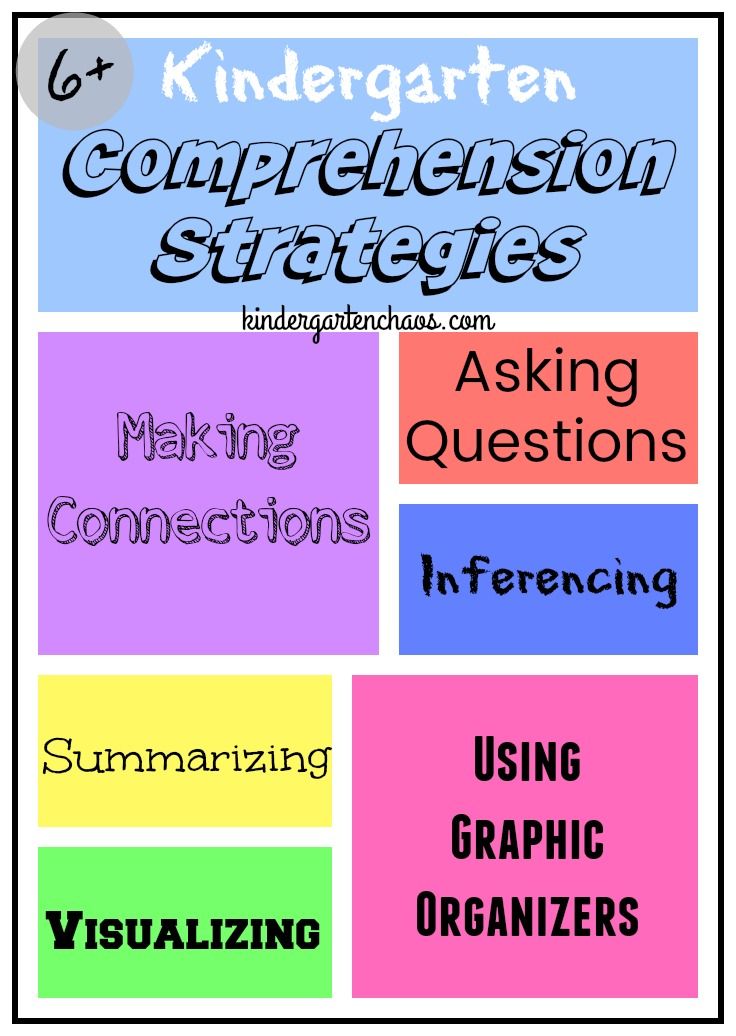 The effectiveness of the program has been proven in numerous studies, this program is successfully used in different countries of the world.
The effectiveness of the program has been proven in numerous studies, this program is successfully used in different countries of the world.
Joint Attention Symbolic Play Engagement Regulation is translated as “joint attention, symbolic play, engagement, regulation”. A program aimed at developing joint attention, play and communication in preschoolers with autism spectrum disorders. This approach was developed at the Center for Autism Research and Treatment at the University of California, Los Angeles, in a laboratory led by Dr. Connie Kasari at the Center for Autism Research and Treatment, at the University of California, Los Angeles.
This is a behavior change method consisting of three components: 1) a detailed list of target behaviors; 2) tokens or points that students receive for performing this behavior; 3) a set of delayed reinforcements - favorite things, activities, privileges, benefits received by participants of their choice in exchange for earned tokens.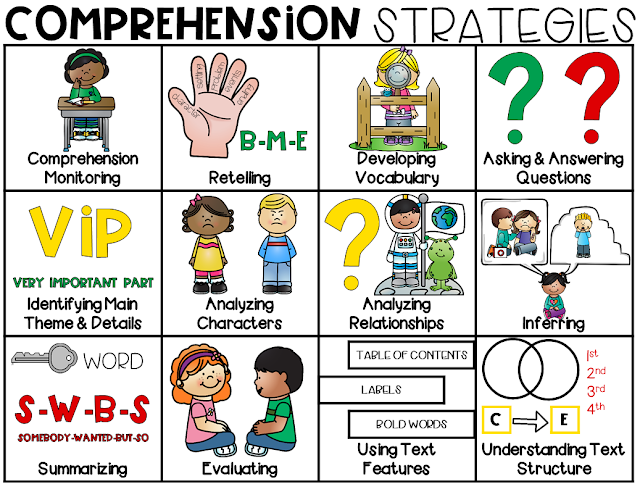
Assistance program for parents raising preschool children with autism. It was developed by the National Autism Society of Great Britain in 1997 year. The program aims to help families understand autism and put into practice effective strategies to help their child develop. The program has been successfully applied in the UK, New Zealand, Germany, South Africa, Qatar, Belgium, Ireland and other countries. Thanks to the Naked Heart Foundation, in September 2014, the Early Bird began to work in Russia.
Inclusion requires serious resources. They are necessary for the successful functioning of the psychological and pedagogical support service, including assistants and tutors, ensuring the proper level of training of all teachers and employees of the educational institution, adapting the physical space, teaching materials and learning technologies. Inclusion also involves systematic work with all parents and children who attend kindergarten.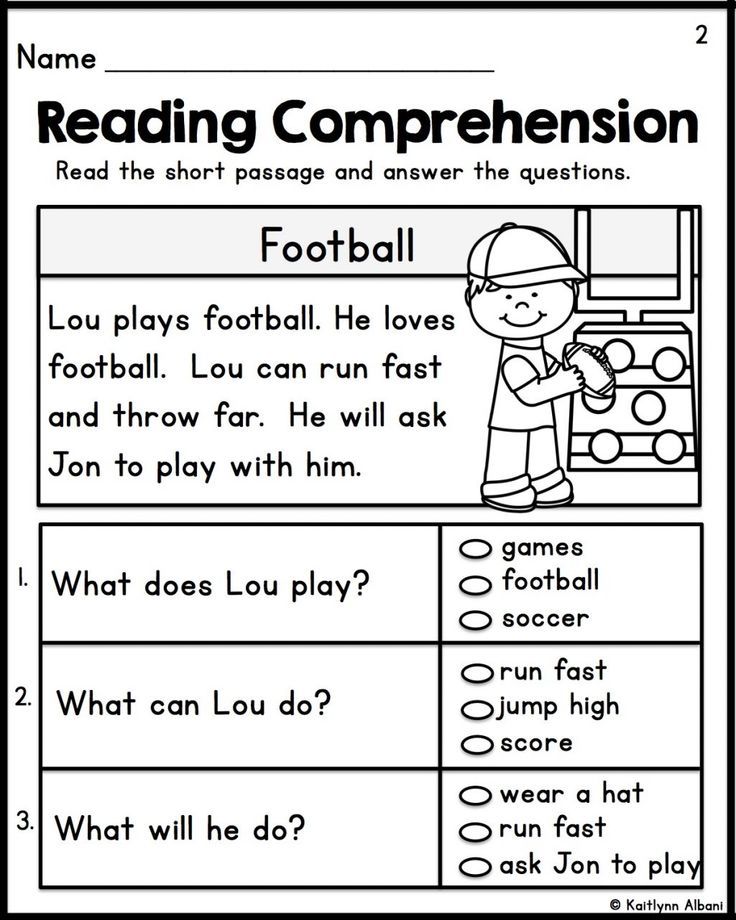
Inclusive education is beneficial for all children. Many approaches that were previously considered applicable only to children with developmental disabilities (visual support, a positive behavioral support system, high-quality collection and analysis of data on children's achievements, an individual approach to learning, the possibility of choice, manifestation of one's own position, and much more), in the same least contribute to the successful development of their typically developing peers.
Visual support includes various methods of providing information based on human visual perception and helping to visualize such abstract categories as time, sequence of actions, causal relationships. Visual support helps a person to be independent, concentrate and hold attention better, understand social rules, learn more successfully and interact more functionally with people and the environment.
Developmental disabilities are a group of conditions resulting from impairments in physical, cognitive, language or behavioral areas.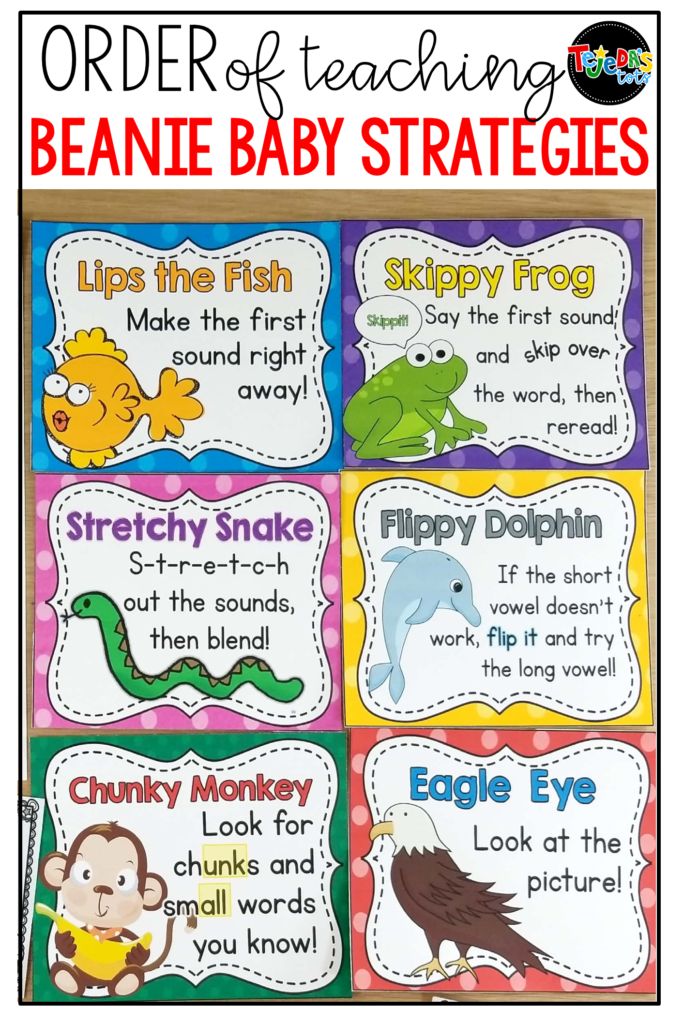 These conditions occur at different periods of development, can affect daily functioning, and usually persist throughout a person's life.
These conditions occur at different periods of development, can affect daily functioning, and usually persist throughout a person's life.
Image exchange communication system. The program was created in the USA, its authors are Andy Bondy and Laurie Frost. The program is aimed at teaching the basic basics of communication - contacting a communication partner, asking, commenting and answering simple questions. The effectiveness of the program has been proven in numerous studies, this program is successfully used in different countries of the world.
Joint Attention Symbolic Play Engagement Regulation is translated as “joint attention, symbolic play, engagement, regulation”. A program aimed at developing joint attention, play and communication in preschoolers with autism spectrum disorders. This approach was developed at the Center for Autism Research and Treatment at the University of California, Los Angeles, in a laboratory led by Dr.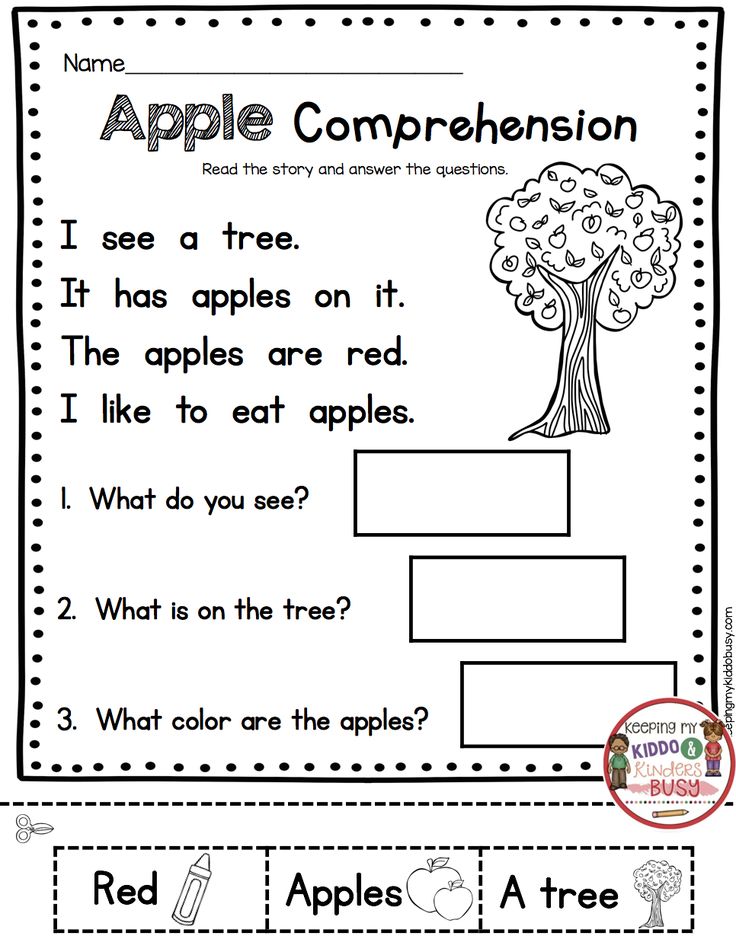 Connie Kasari at the Center for Autism Research and Treatment, at the University of California, Los Angeles.
Connie Kasari at the Center for Autism Research and Treatment, at the University of California, Los Angeles.
This is a behavior change method consisting of three components: 1) a detailed list of target behaviors; 2) tokens or points that students receive for performing this behavior; 3) a set of delayed reinforcements - favorite things, activities, privileges, benefits received by participants of their choice in exchange for earned tokens.
Assistance program for parents raising preschool children with autism. It was developed by the National Autism Society of Great Britain in 1997 year. The program aims to help families understand autism and practice effective strategies to help their child develop. The program has been successfully applied in the UK, New Zealand, Germany, South Africa, Qatar, Belgium, Ireland and other countries. Thanks to the Naked Heart Foundation, in September 2014, the Early Bird began to work in Russia.